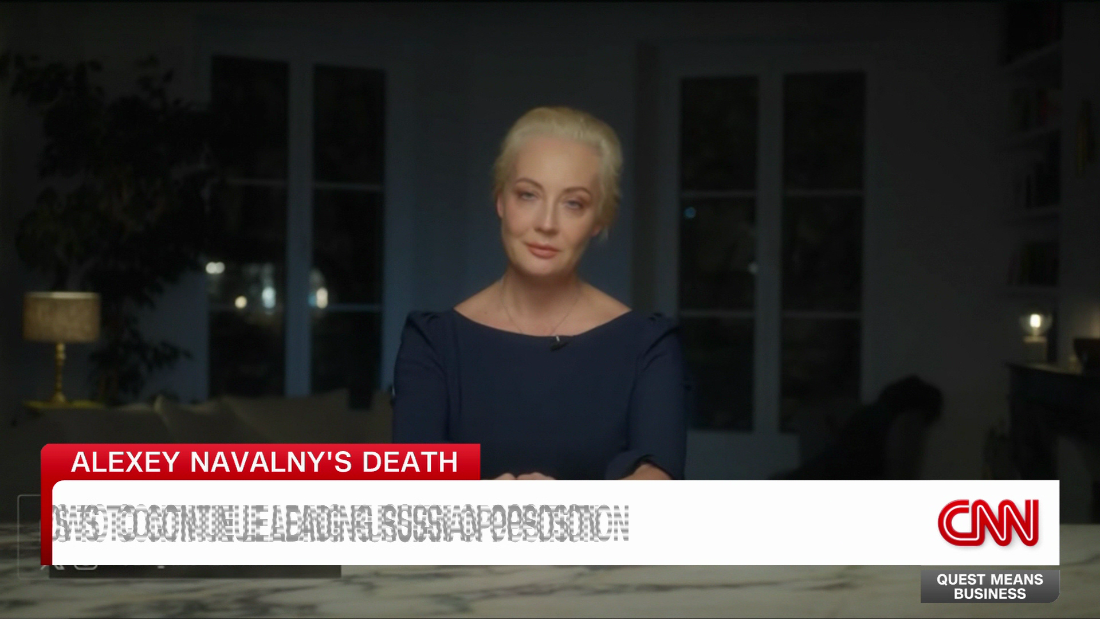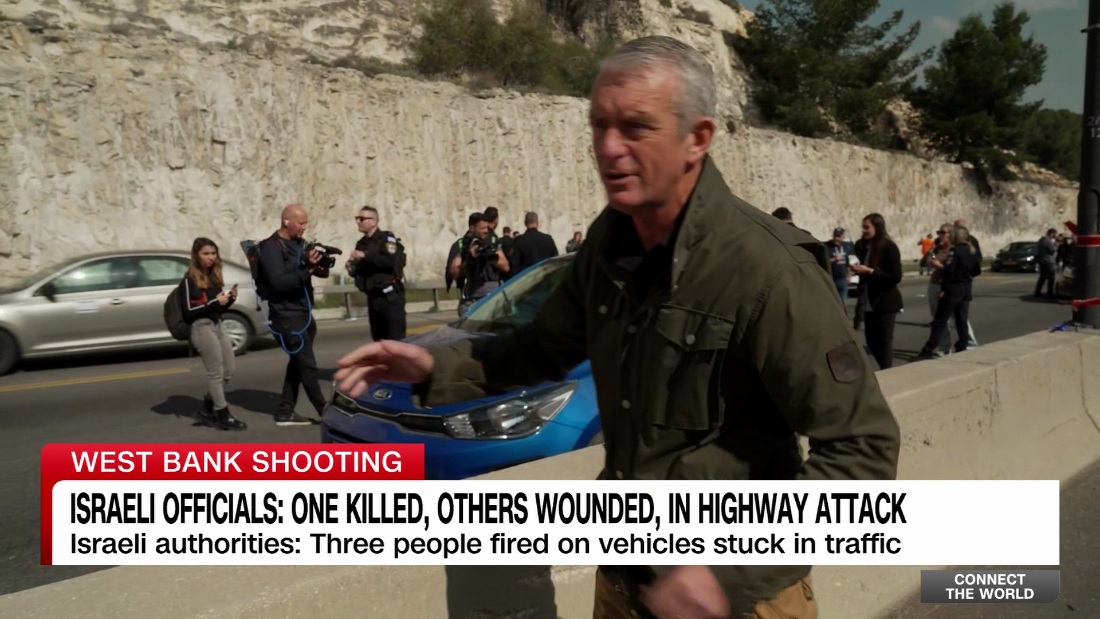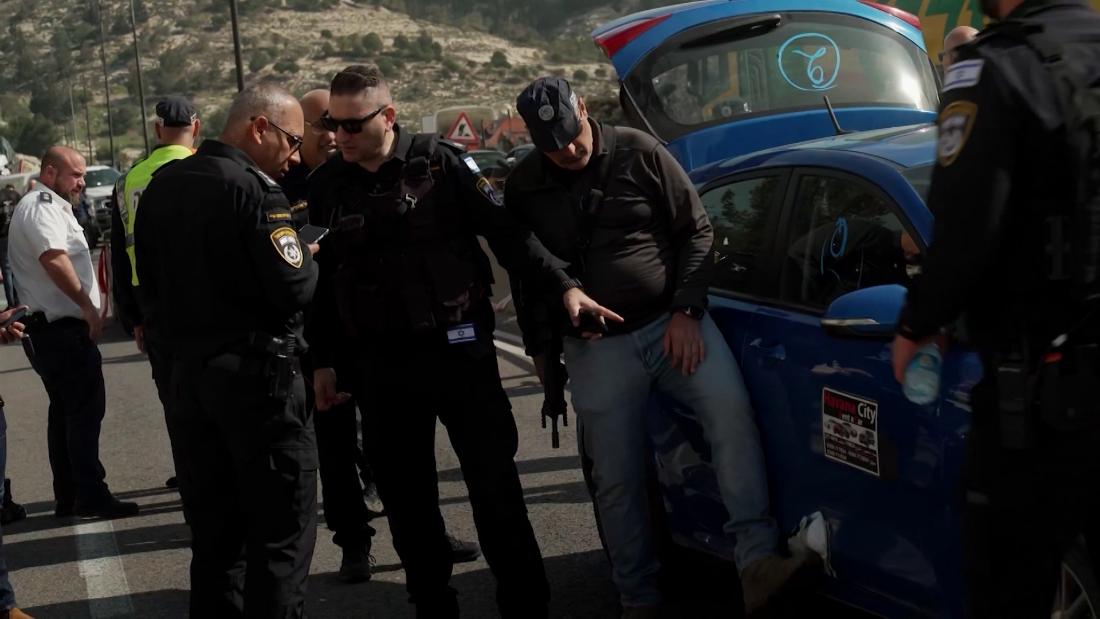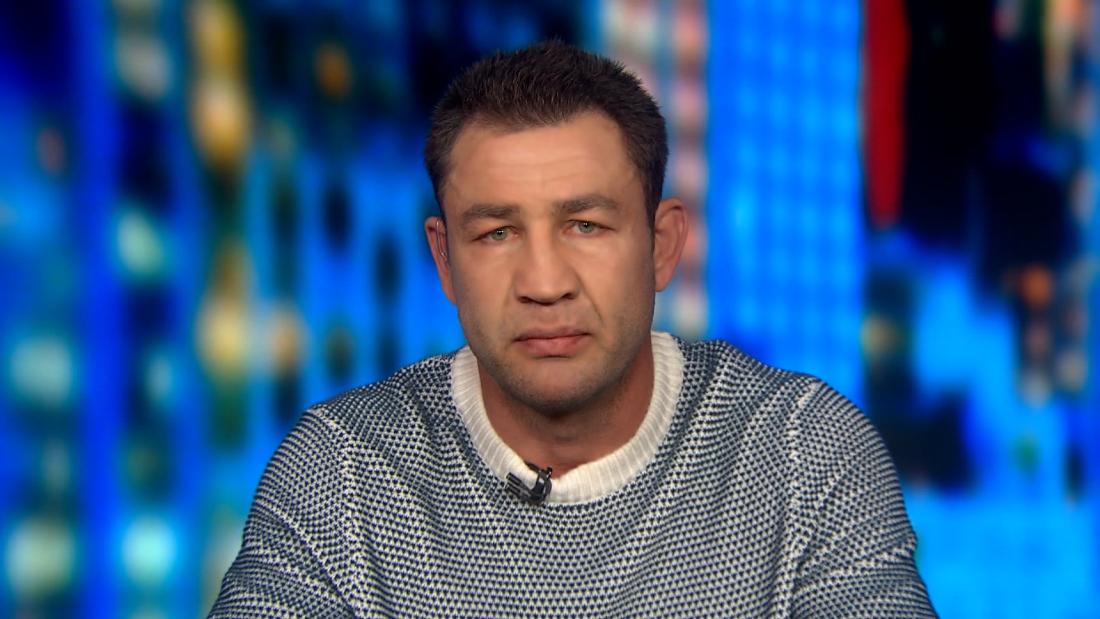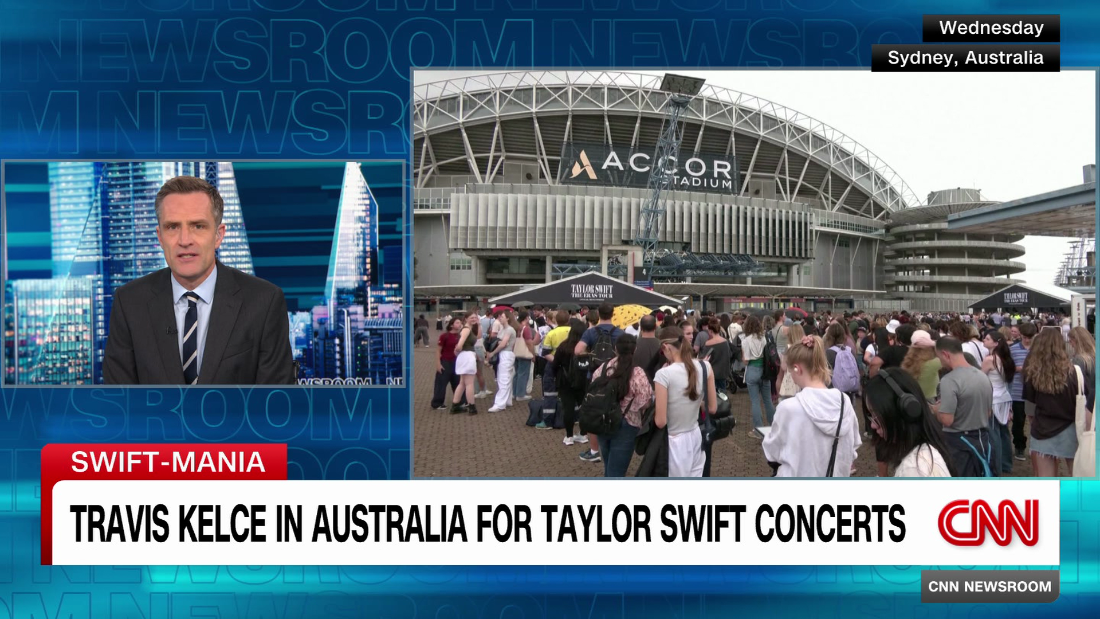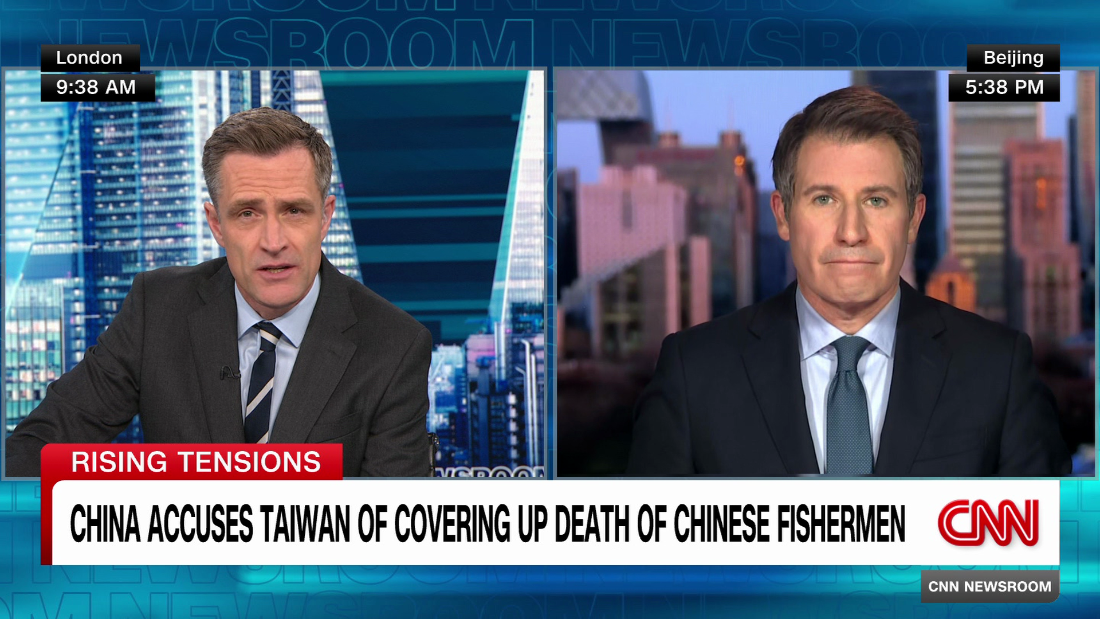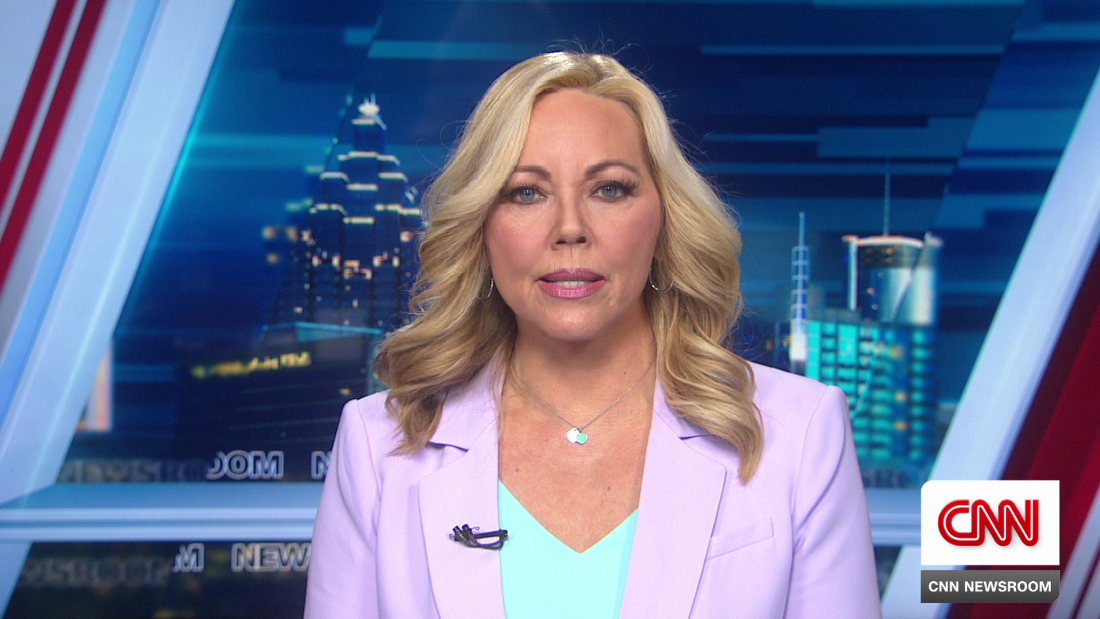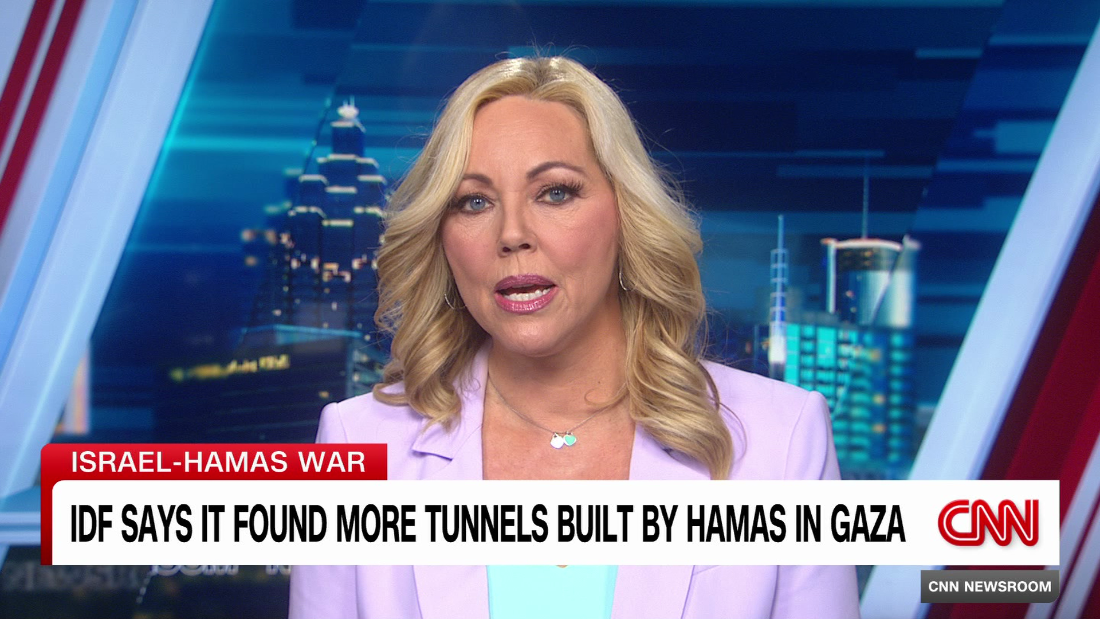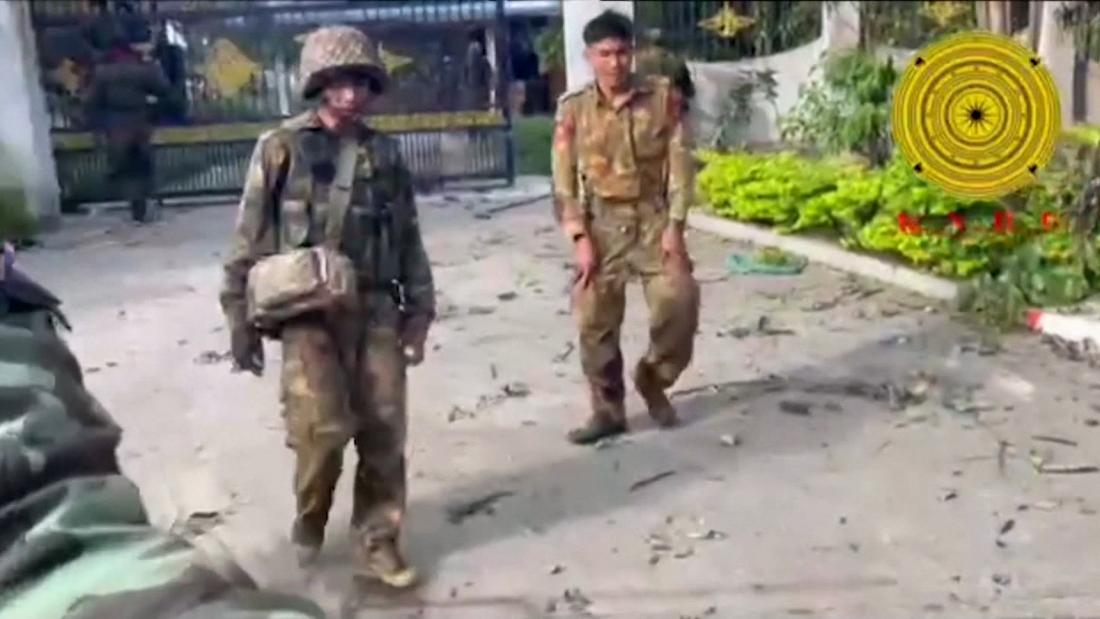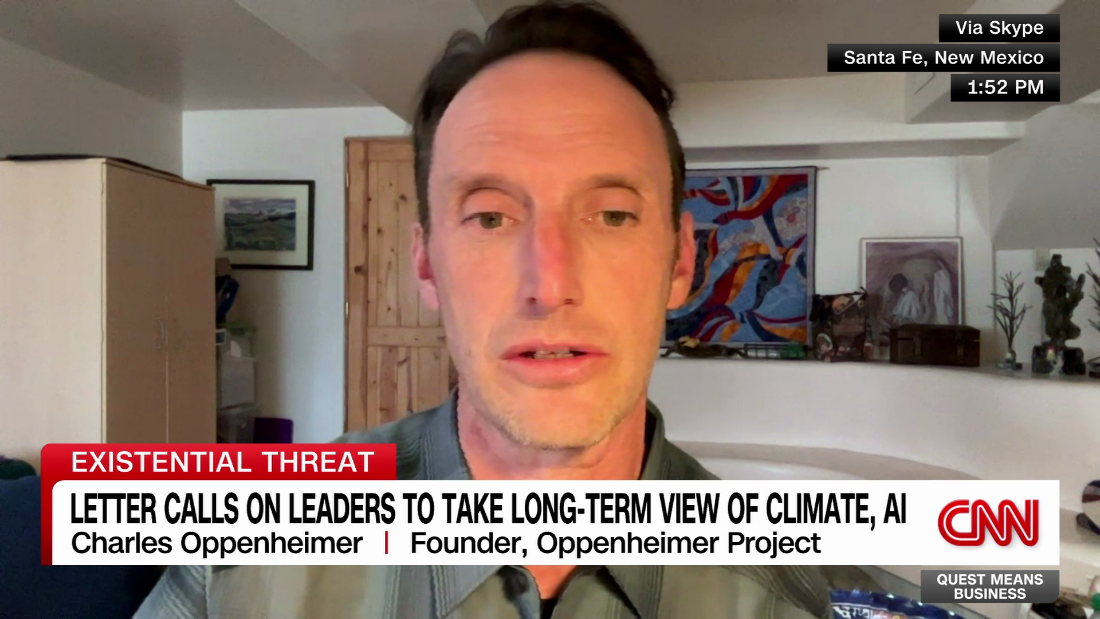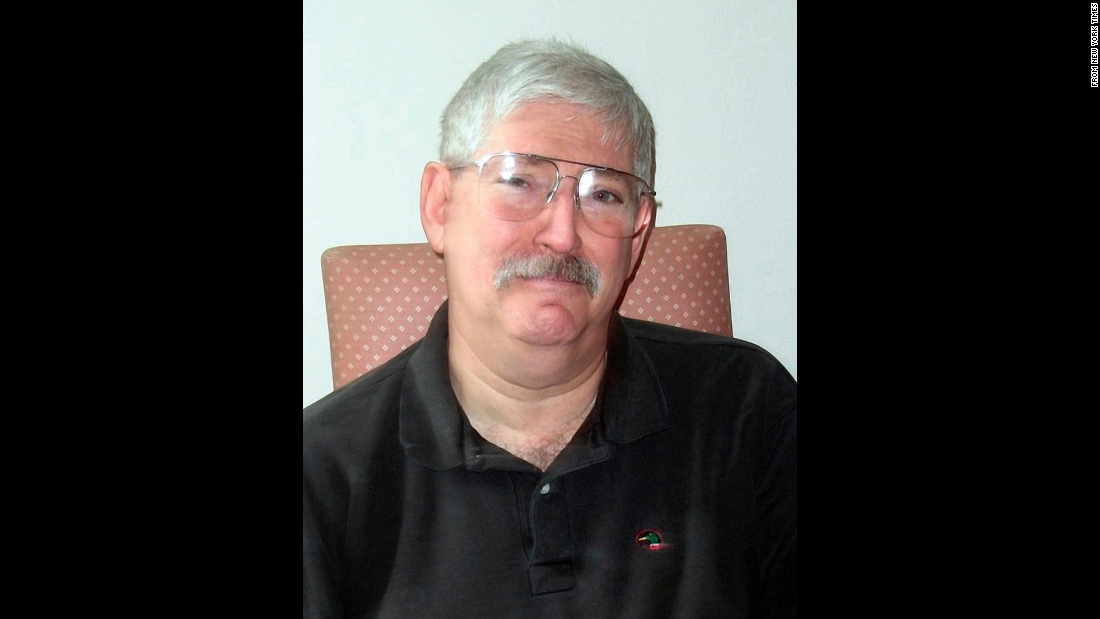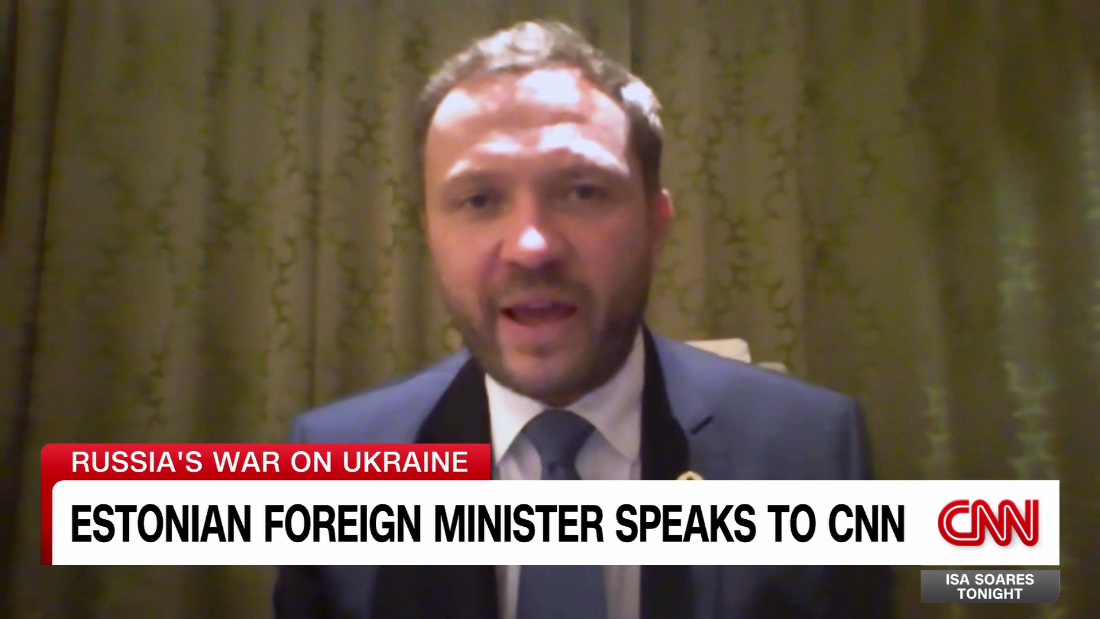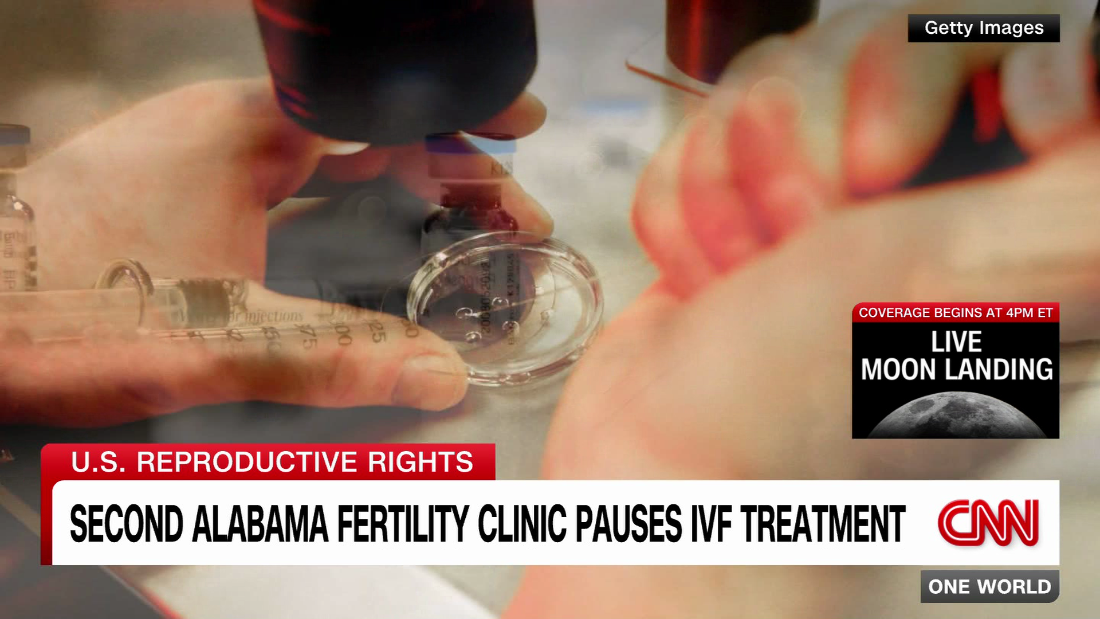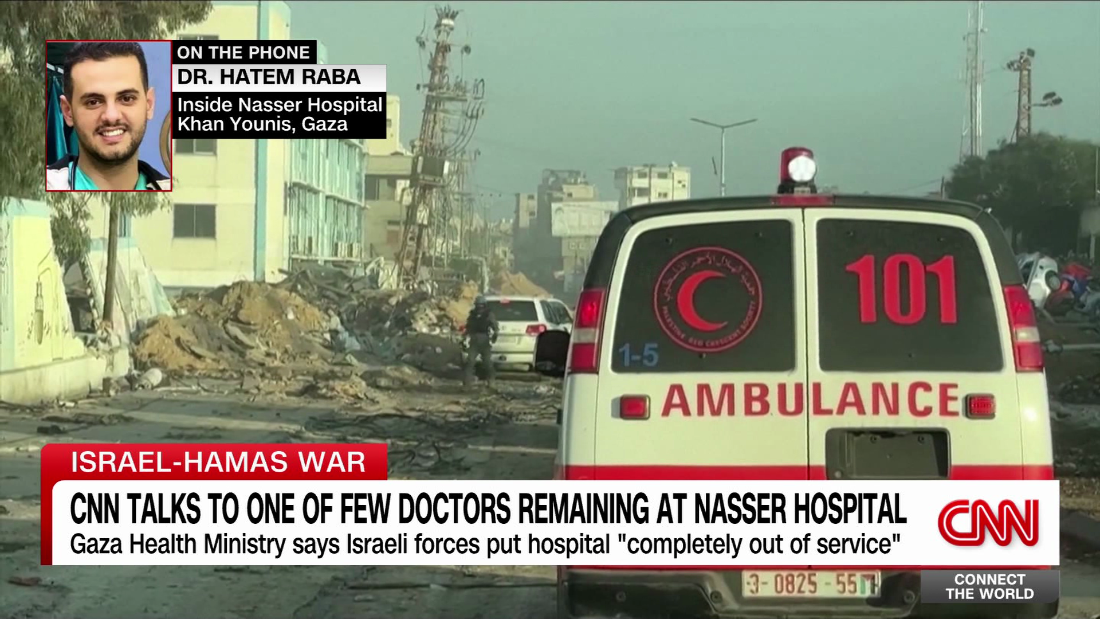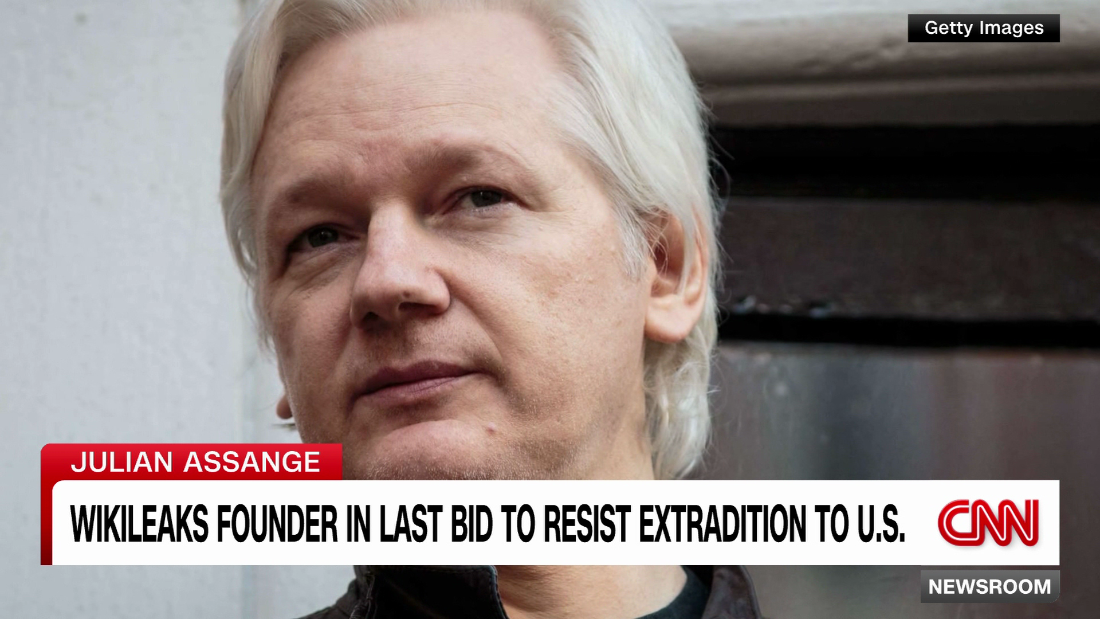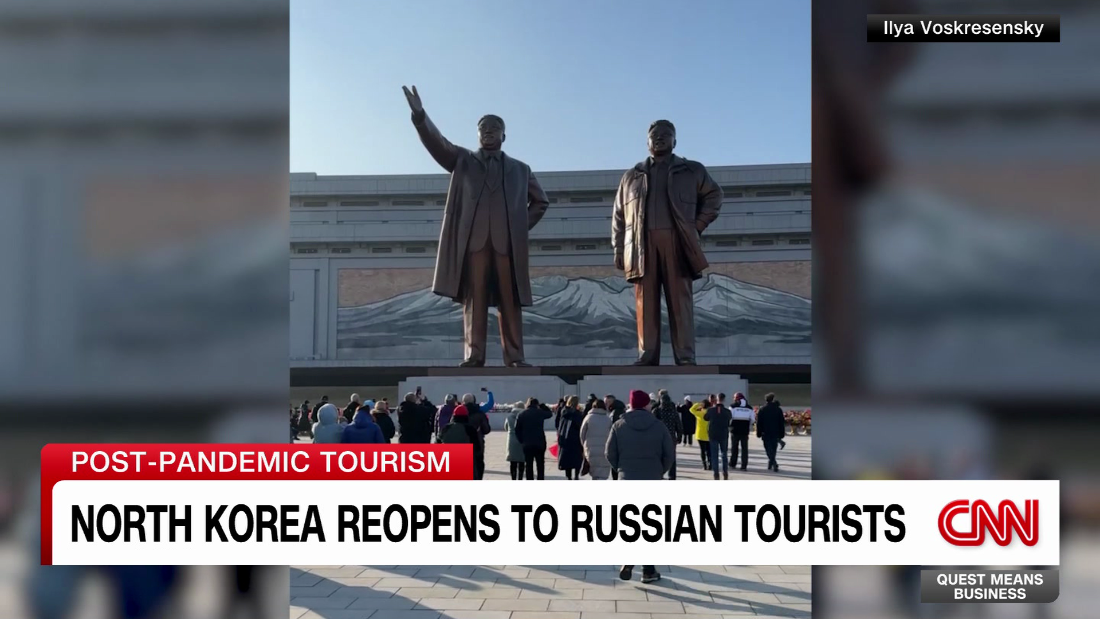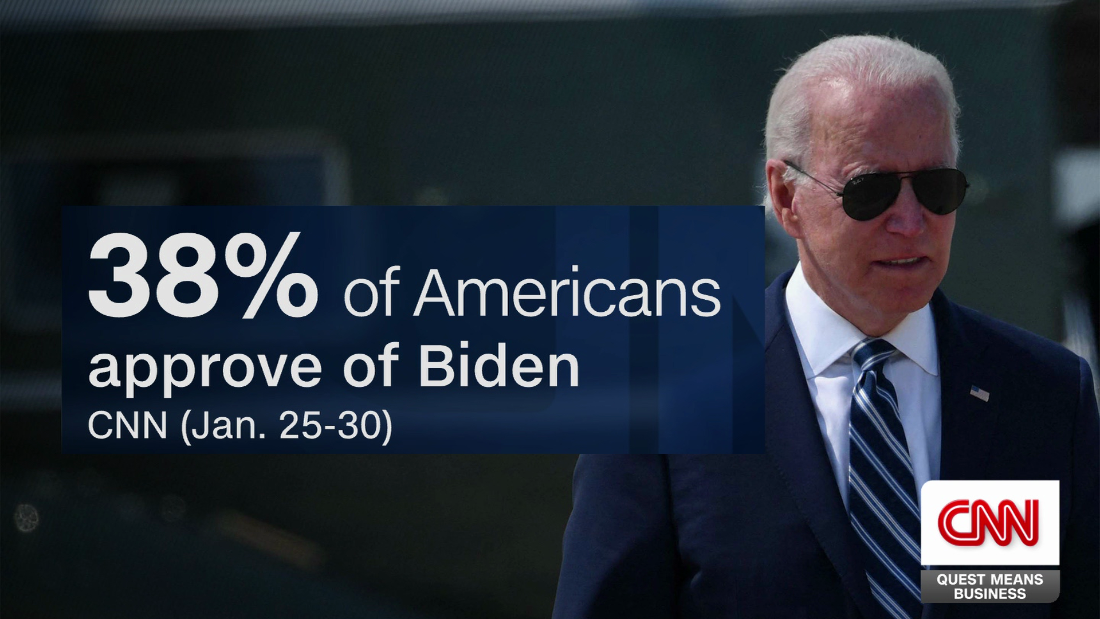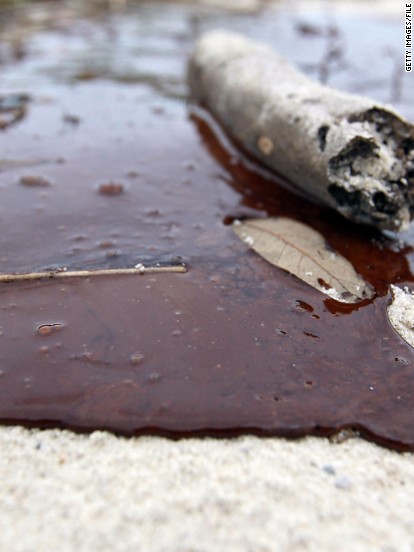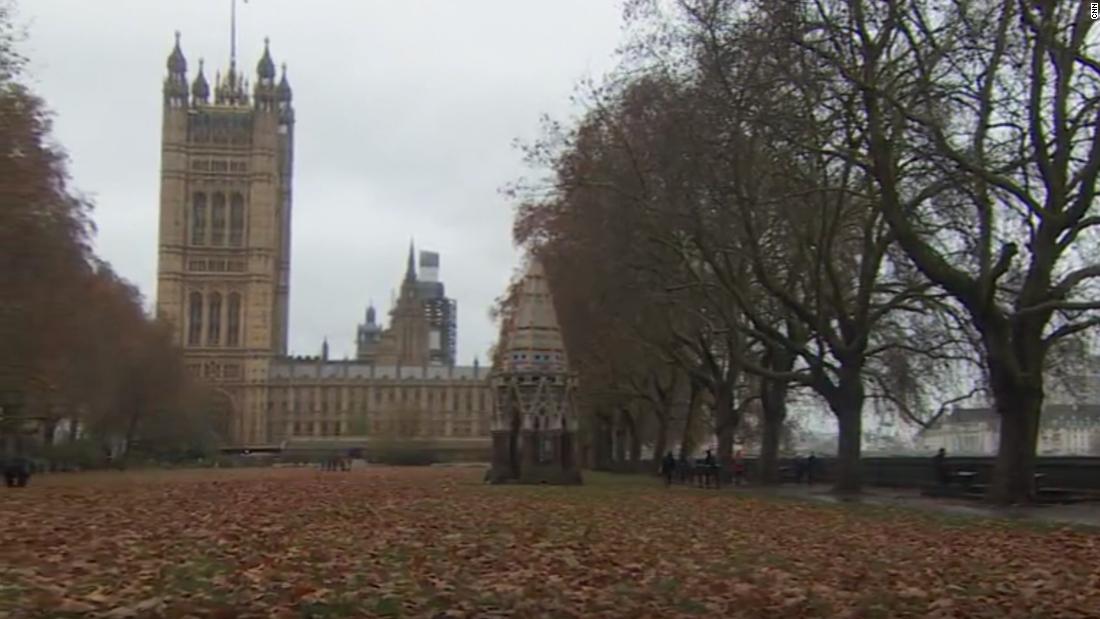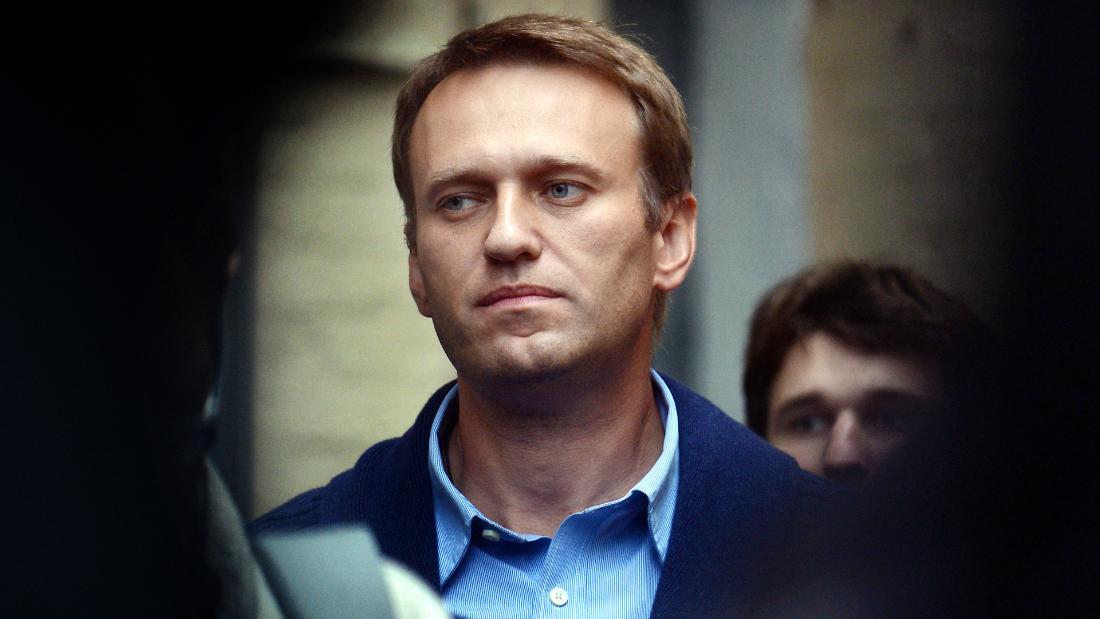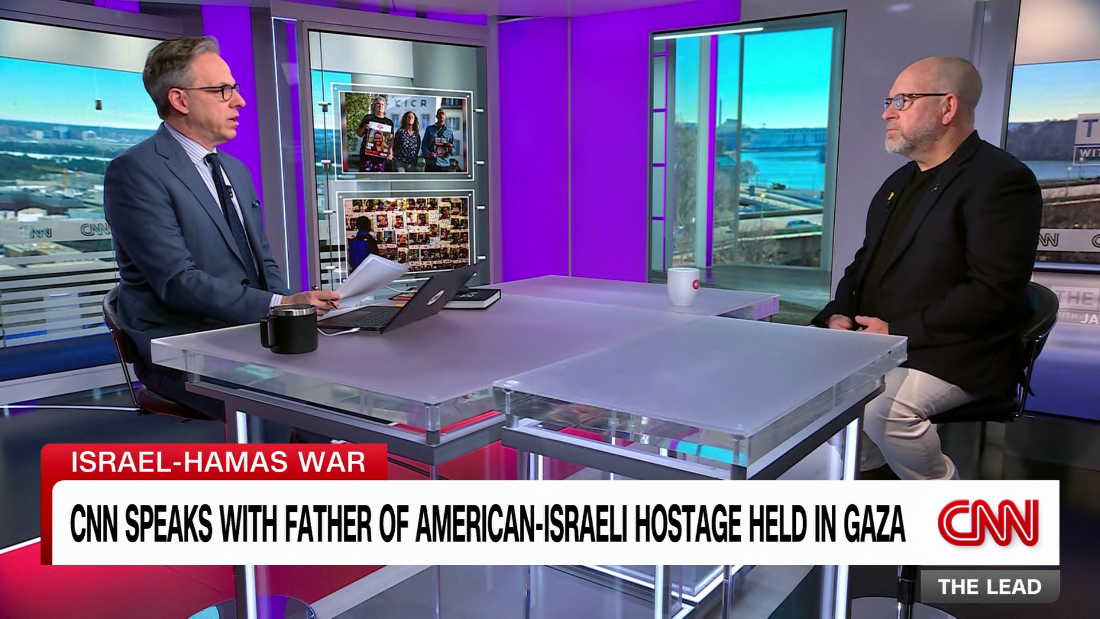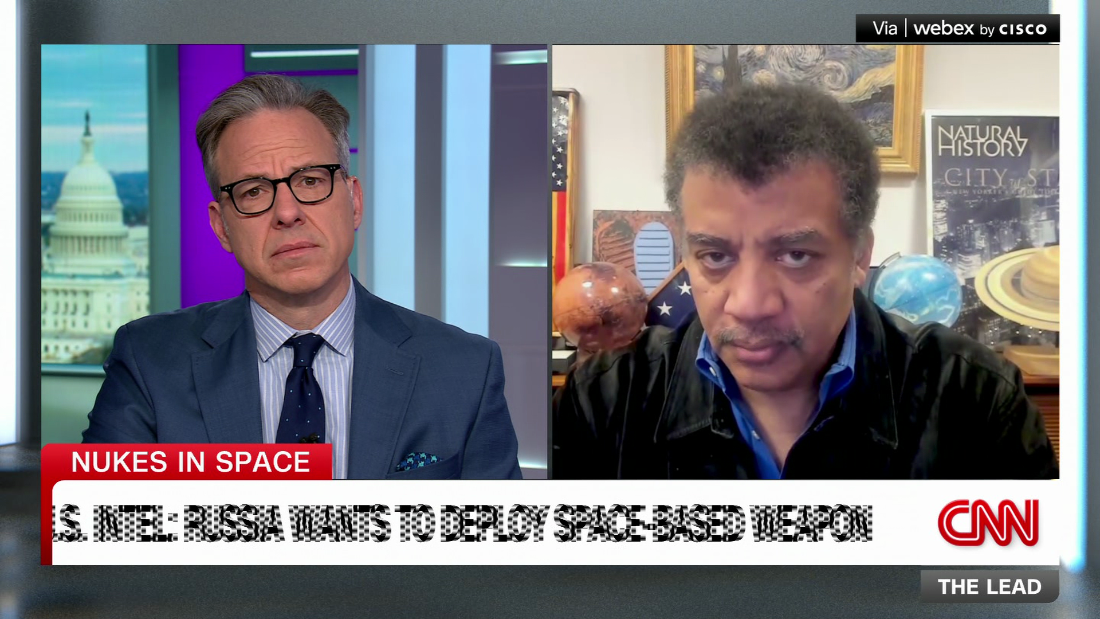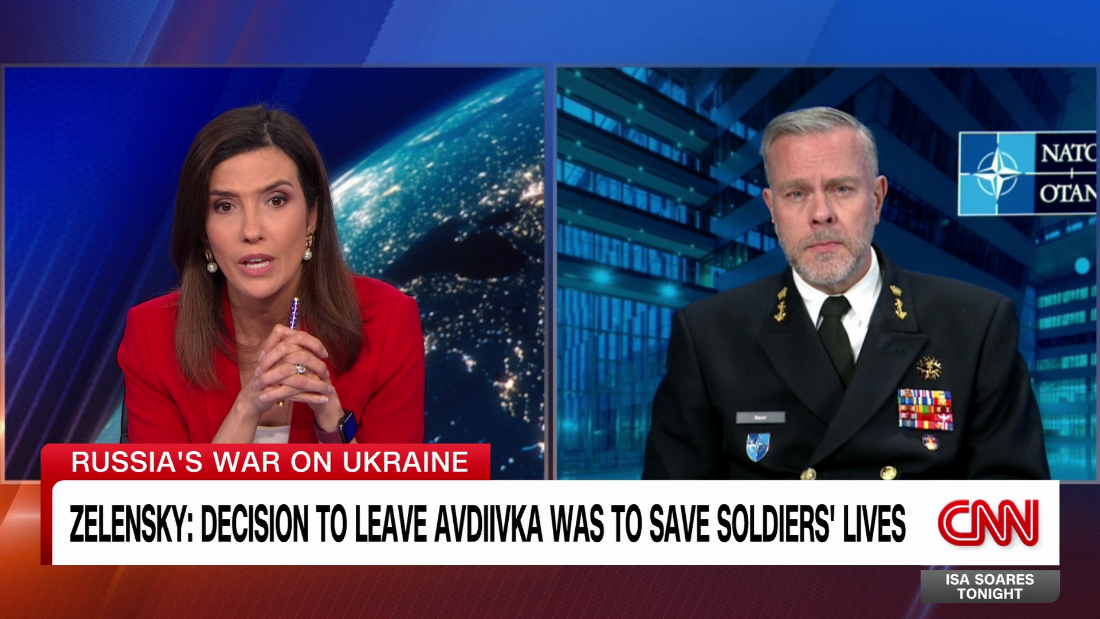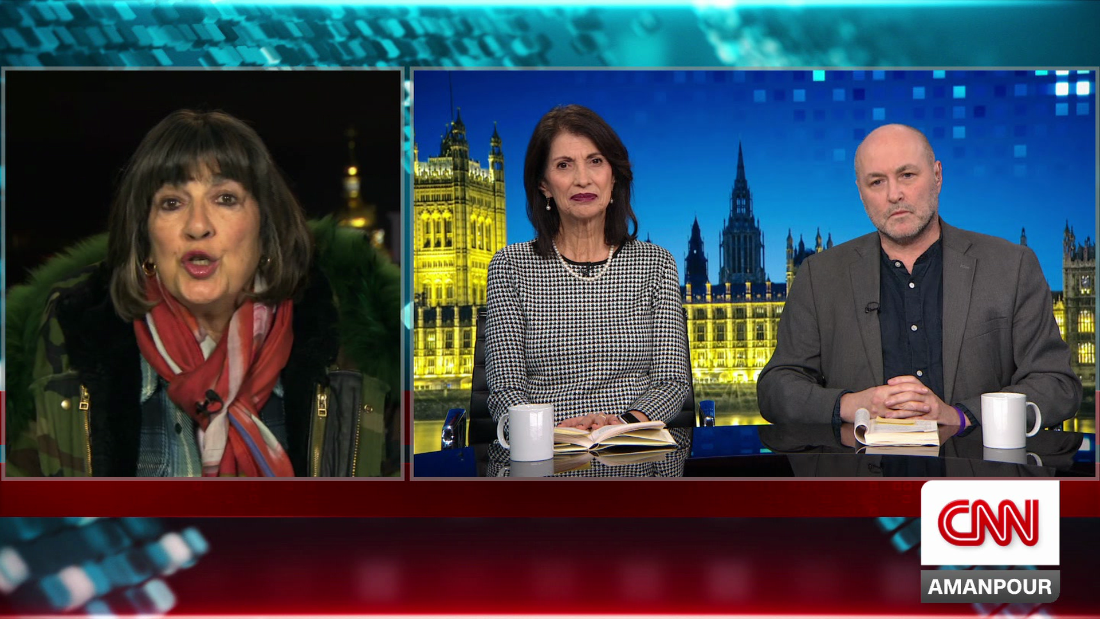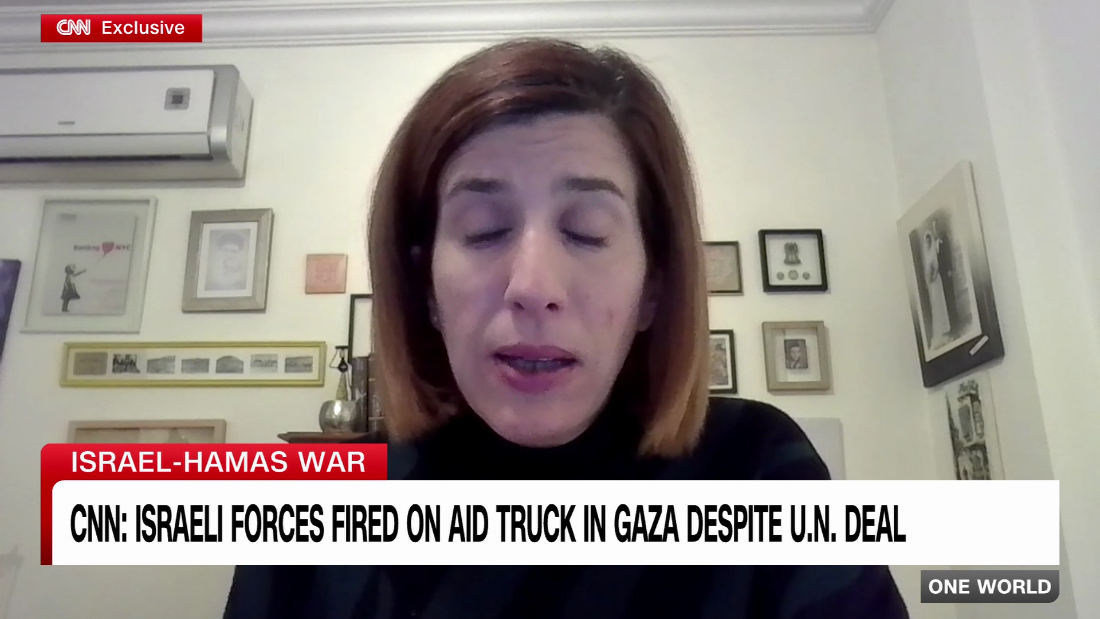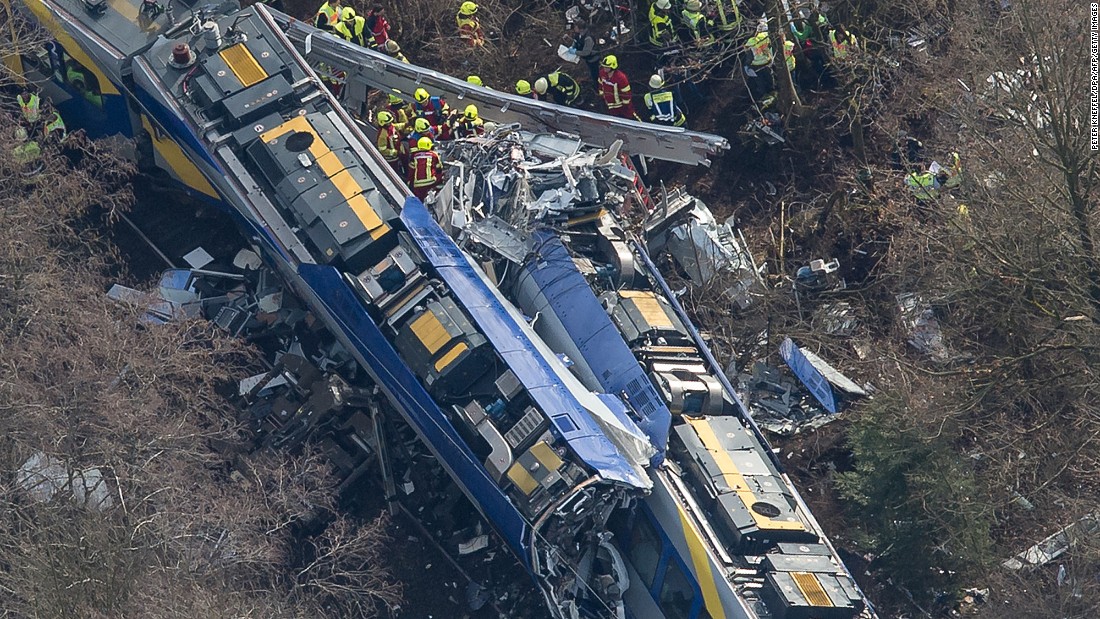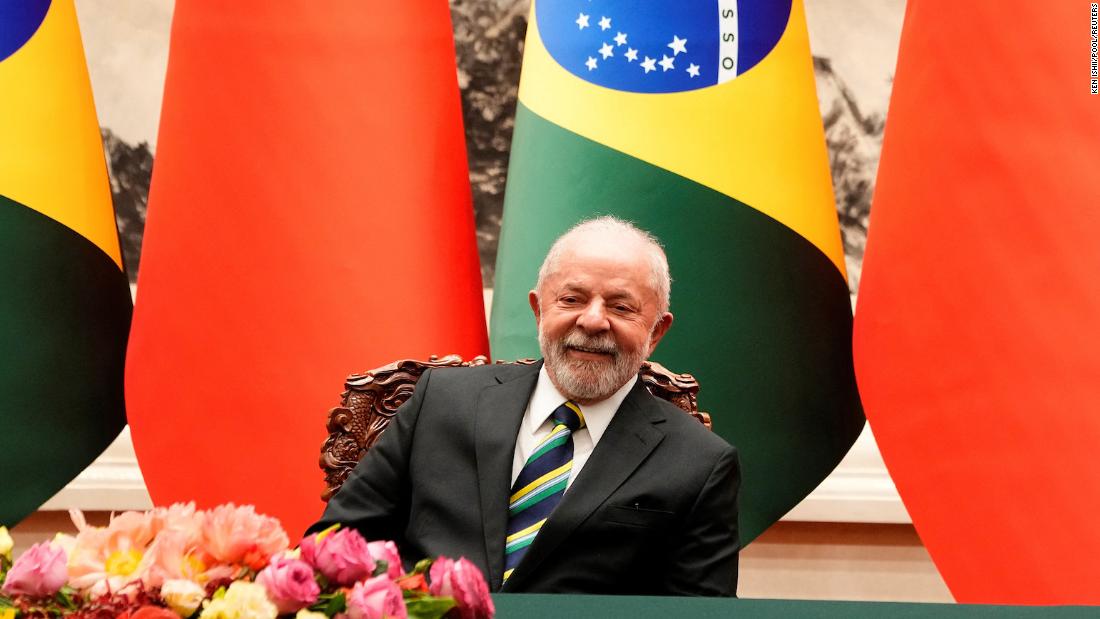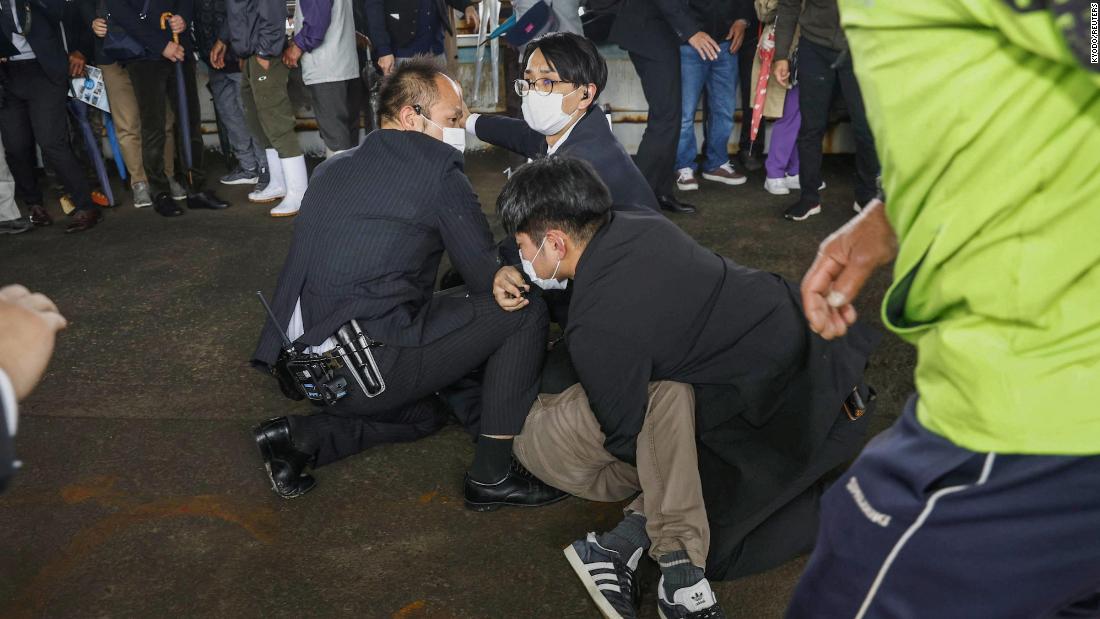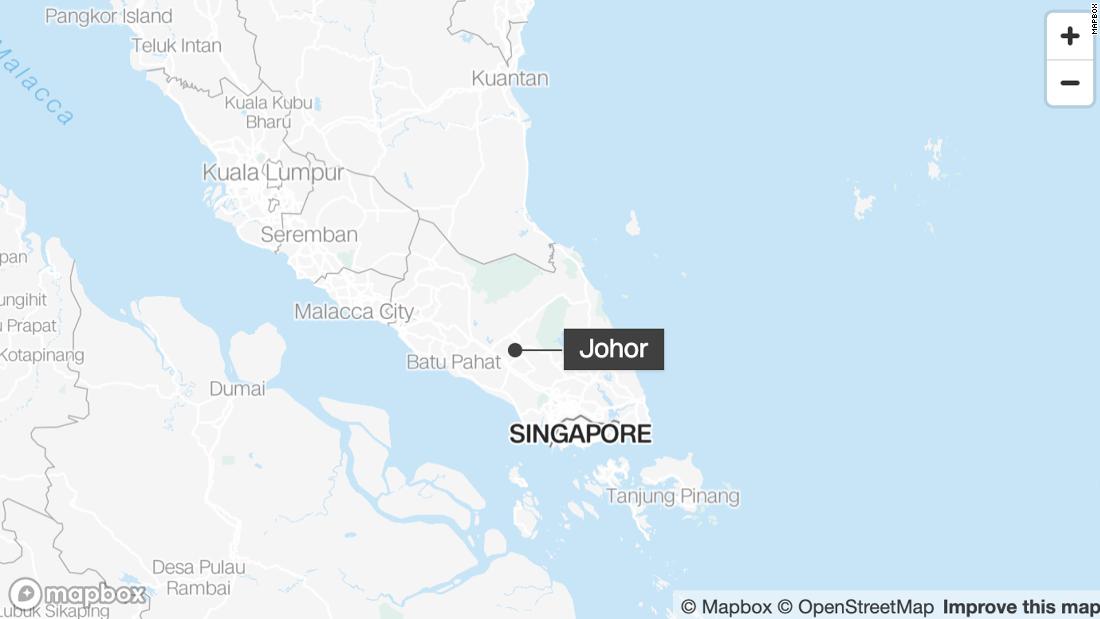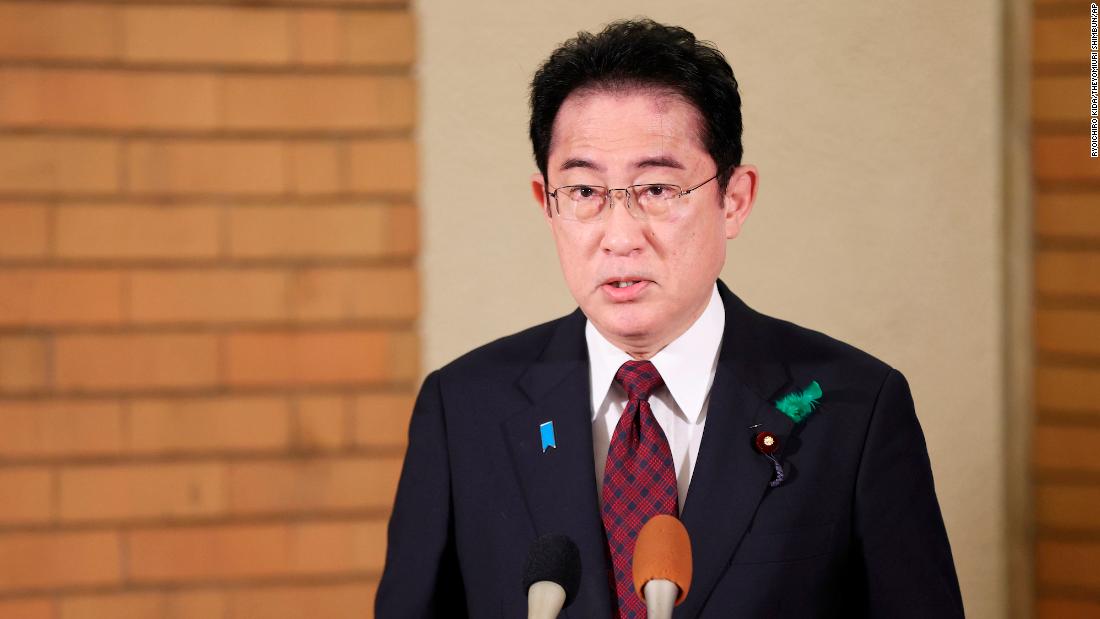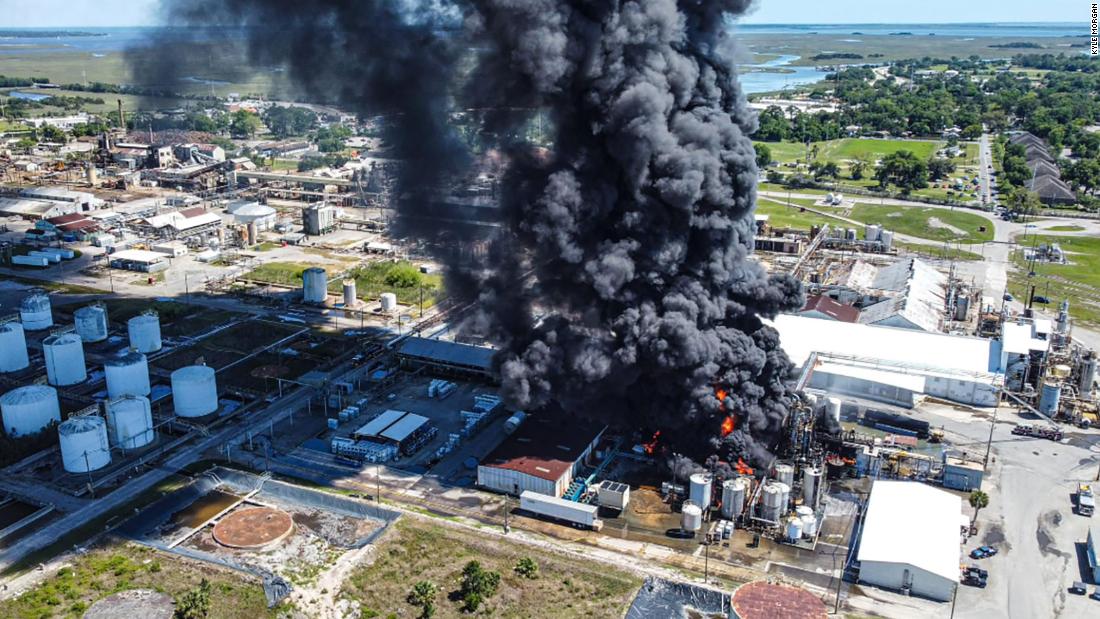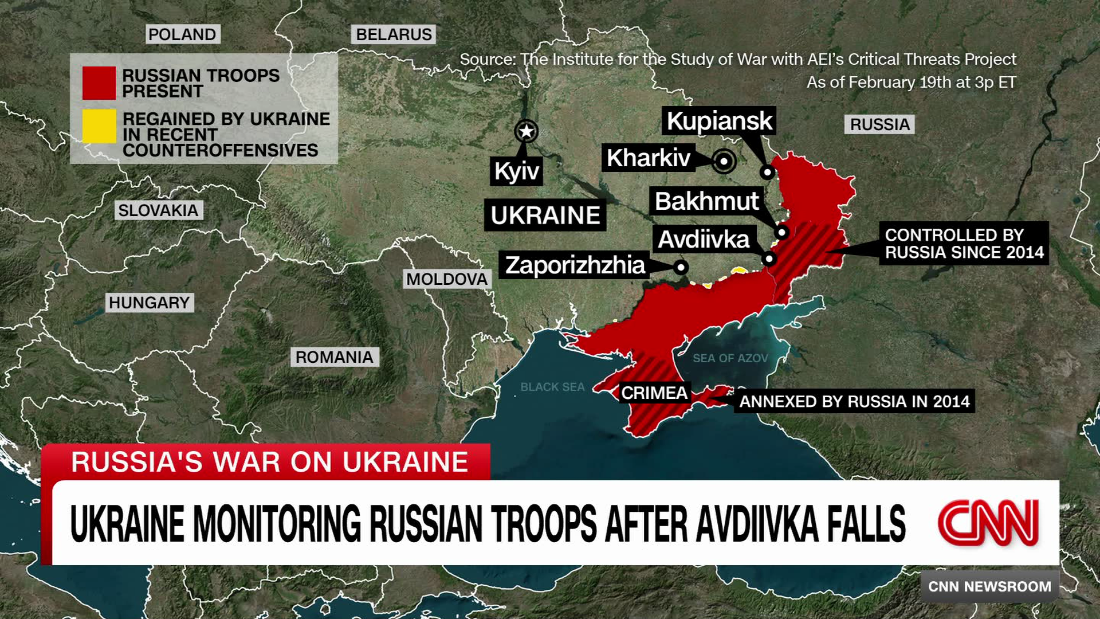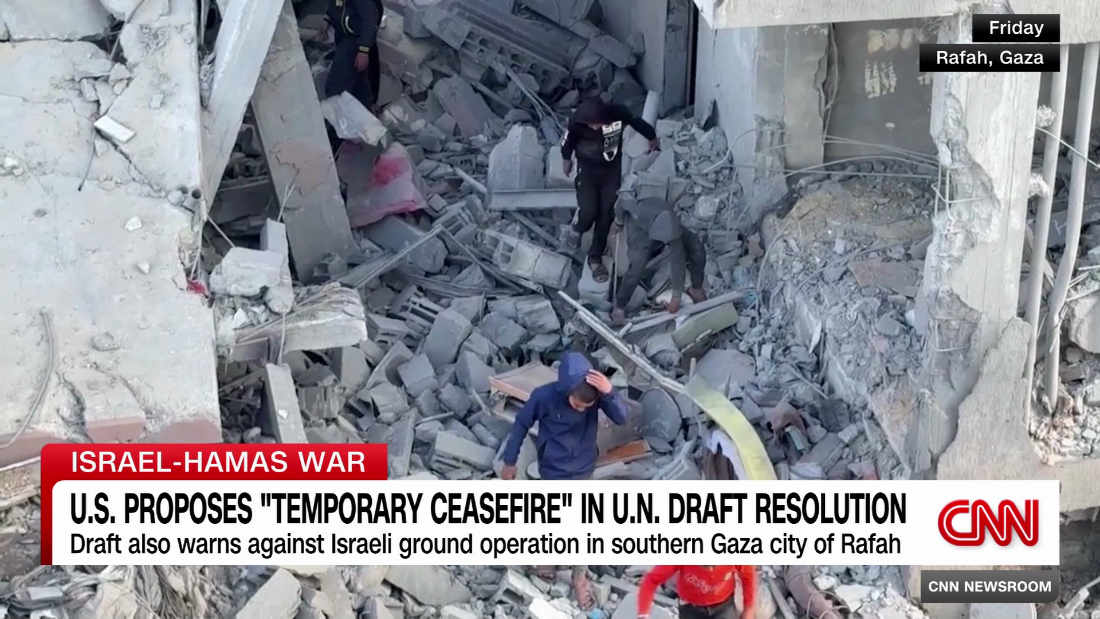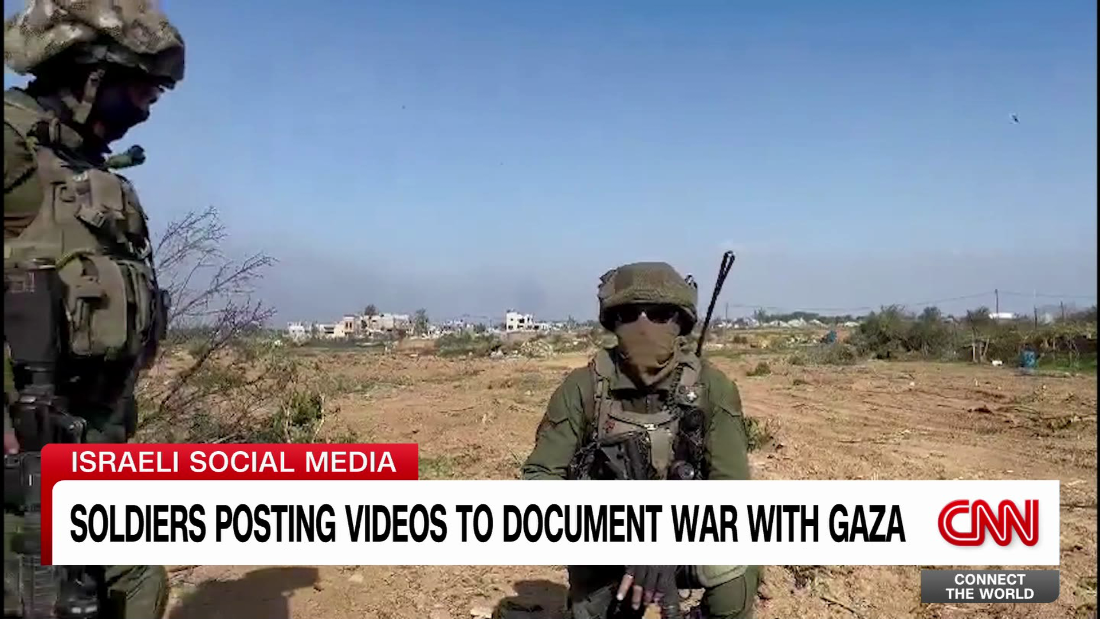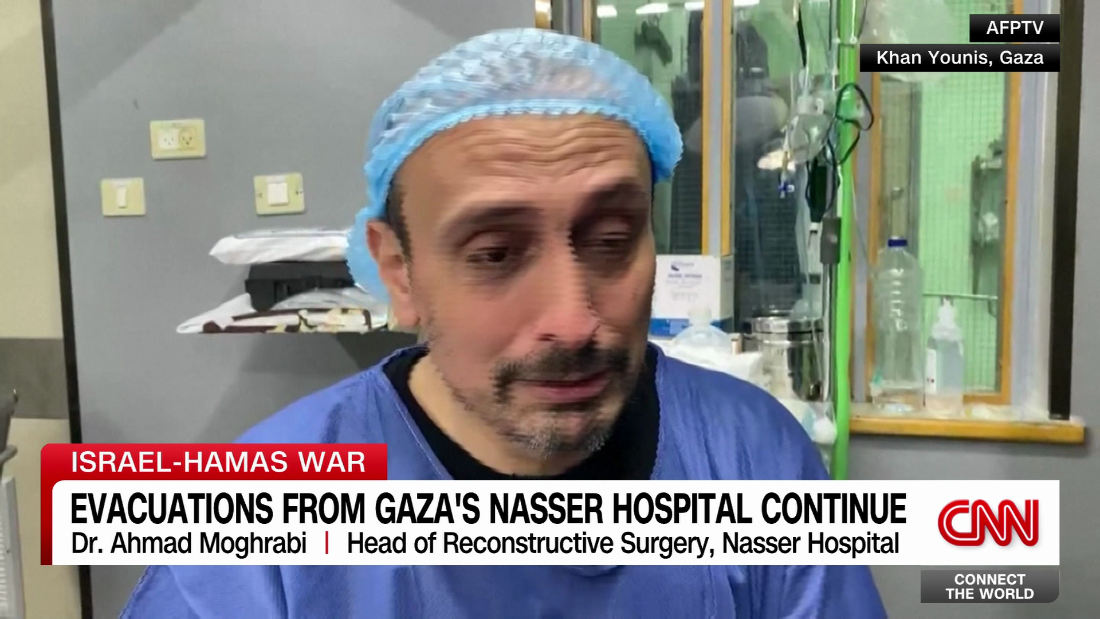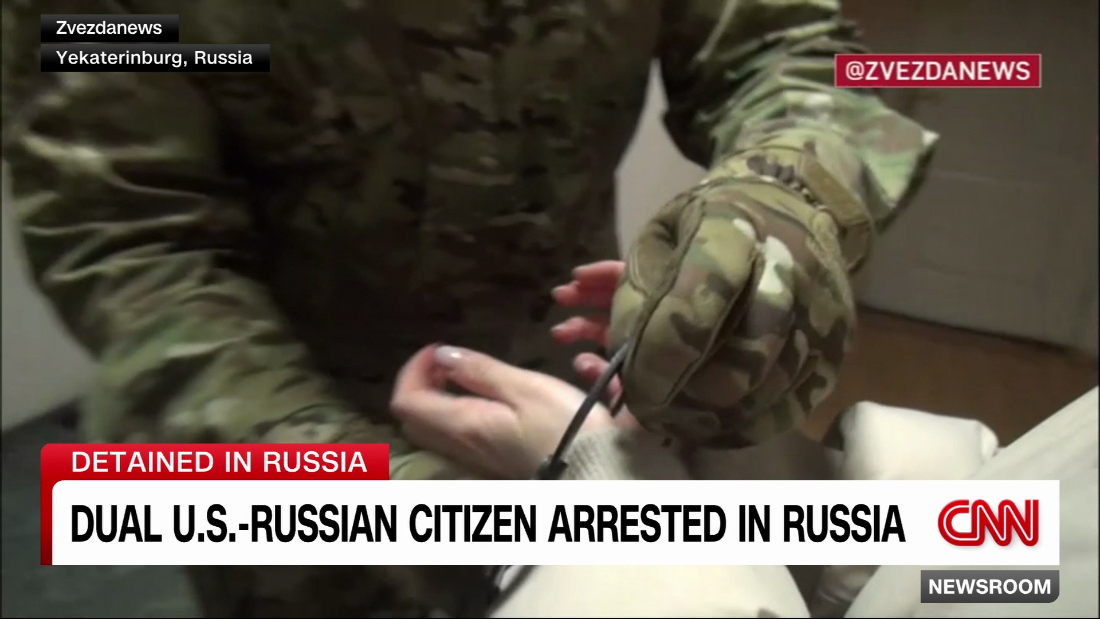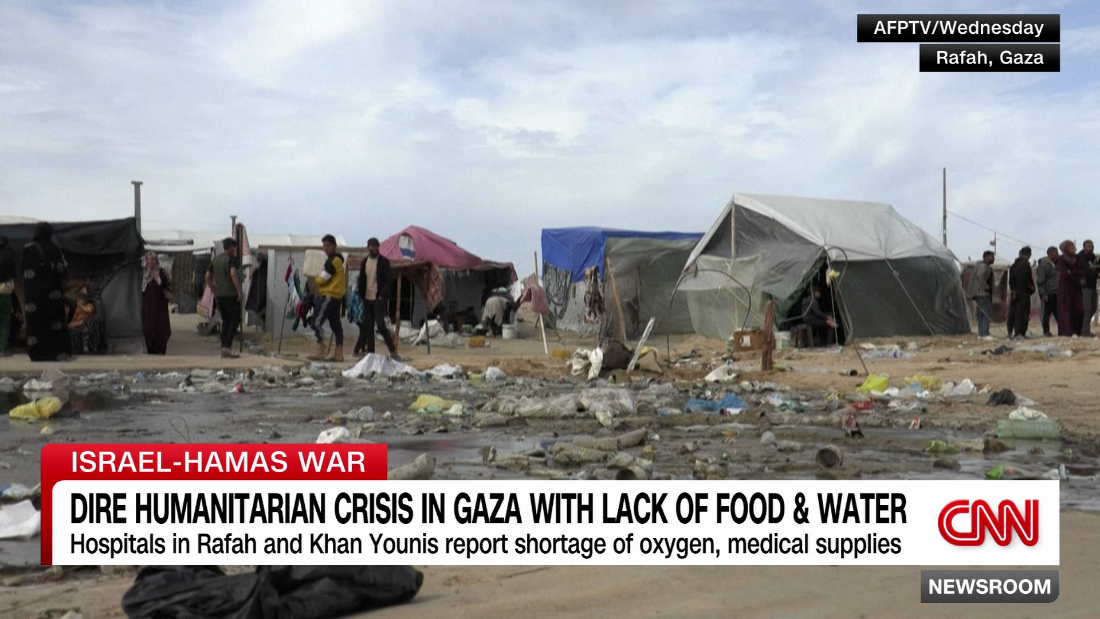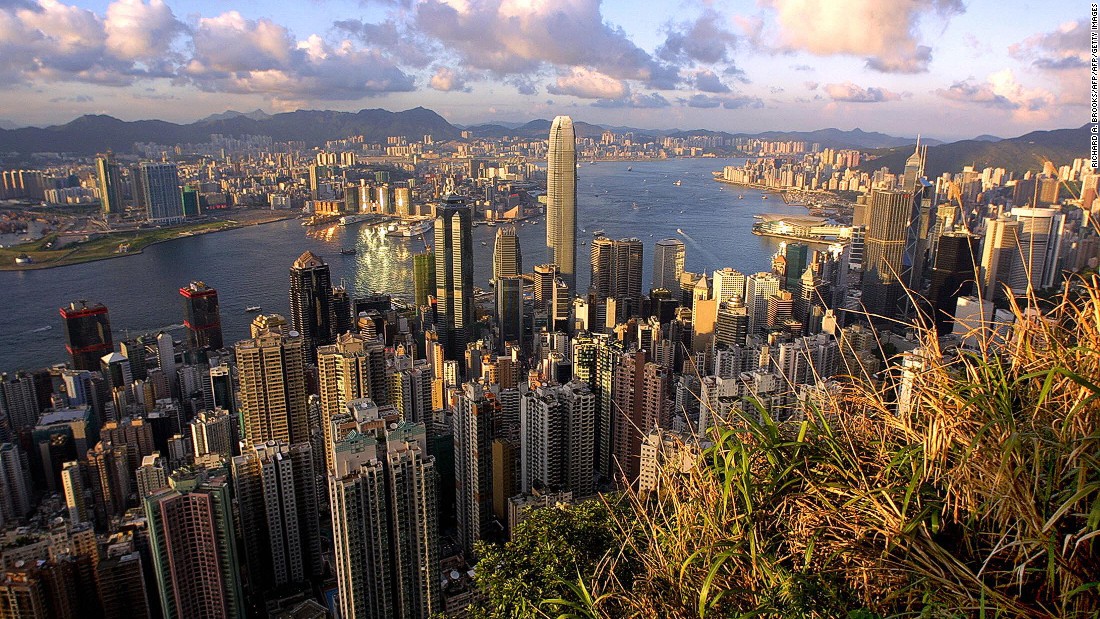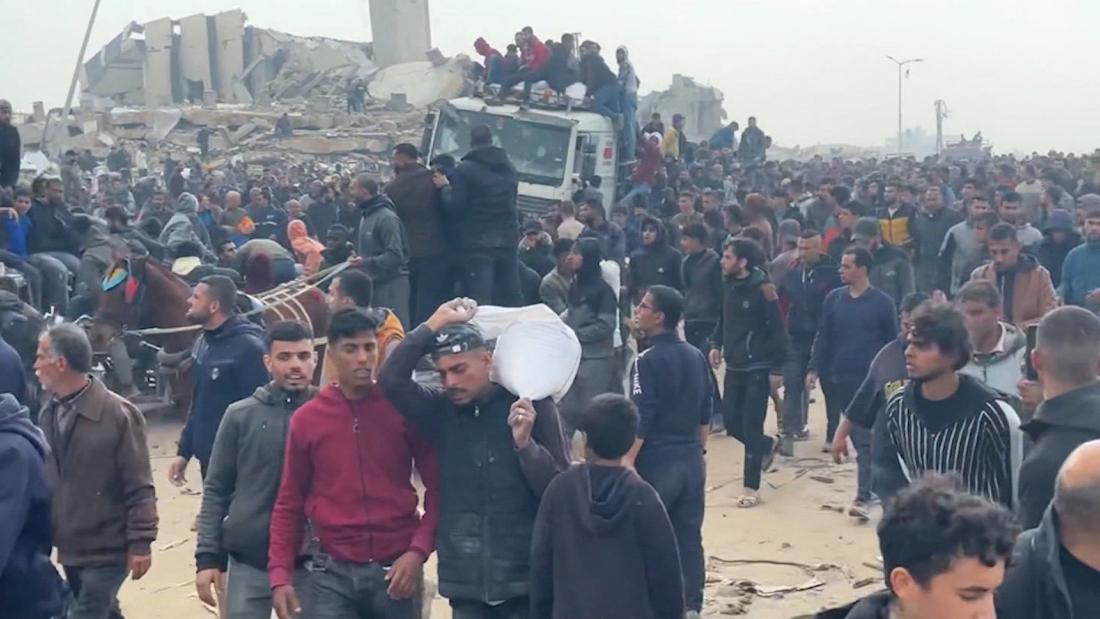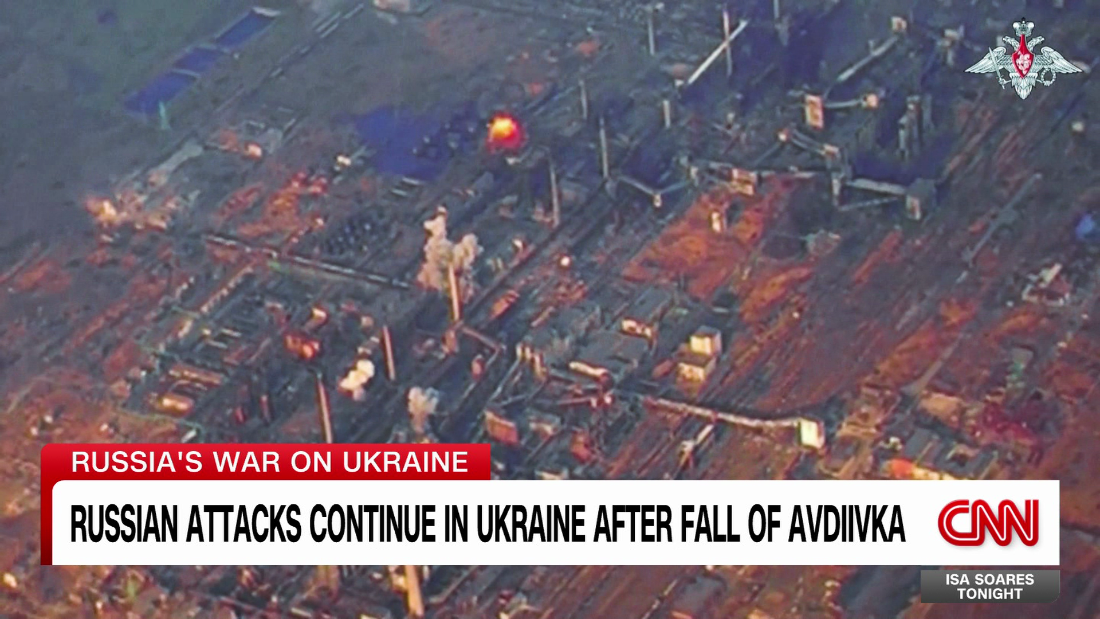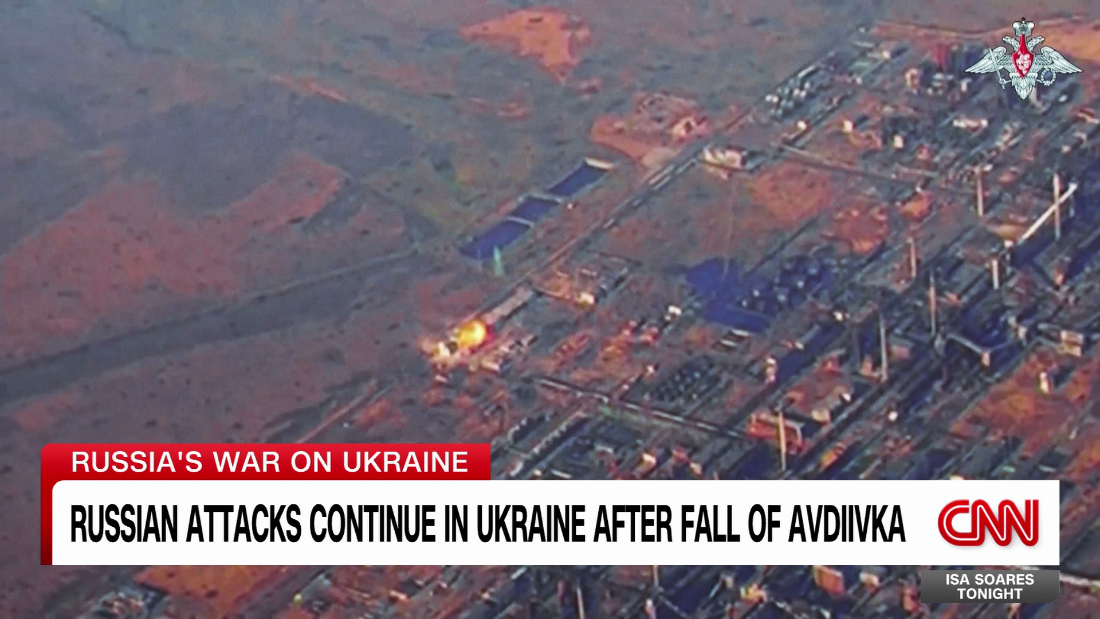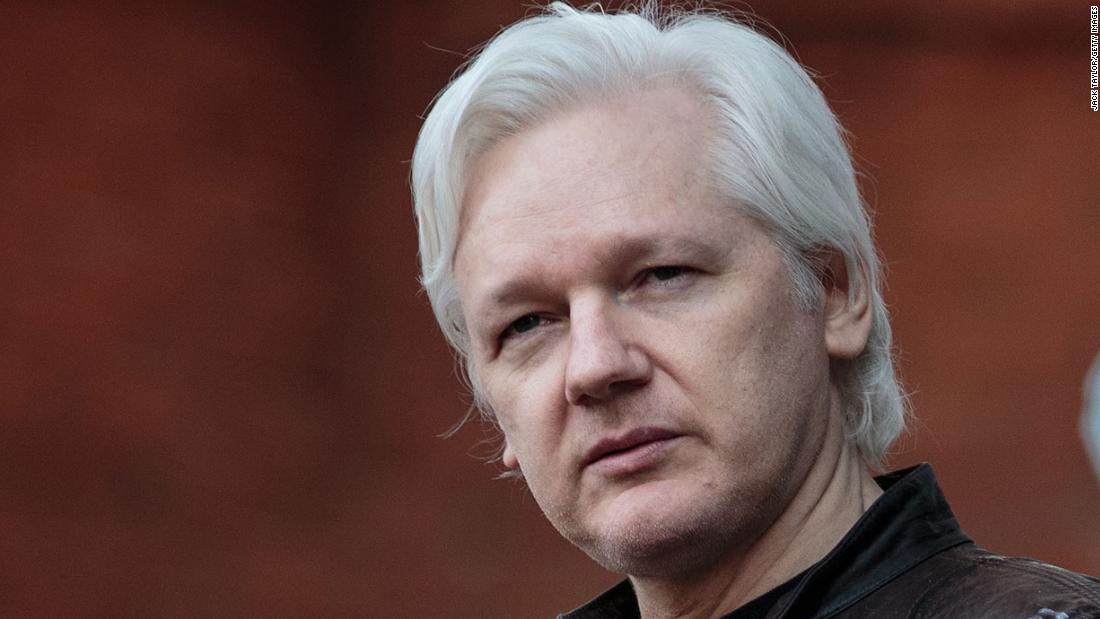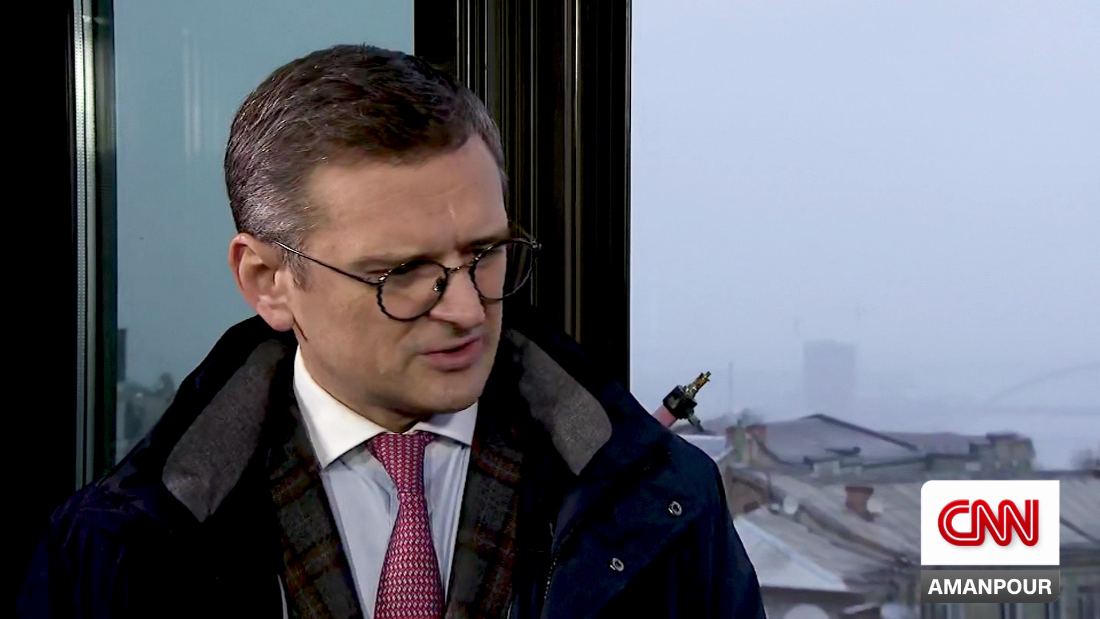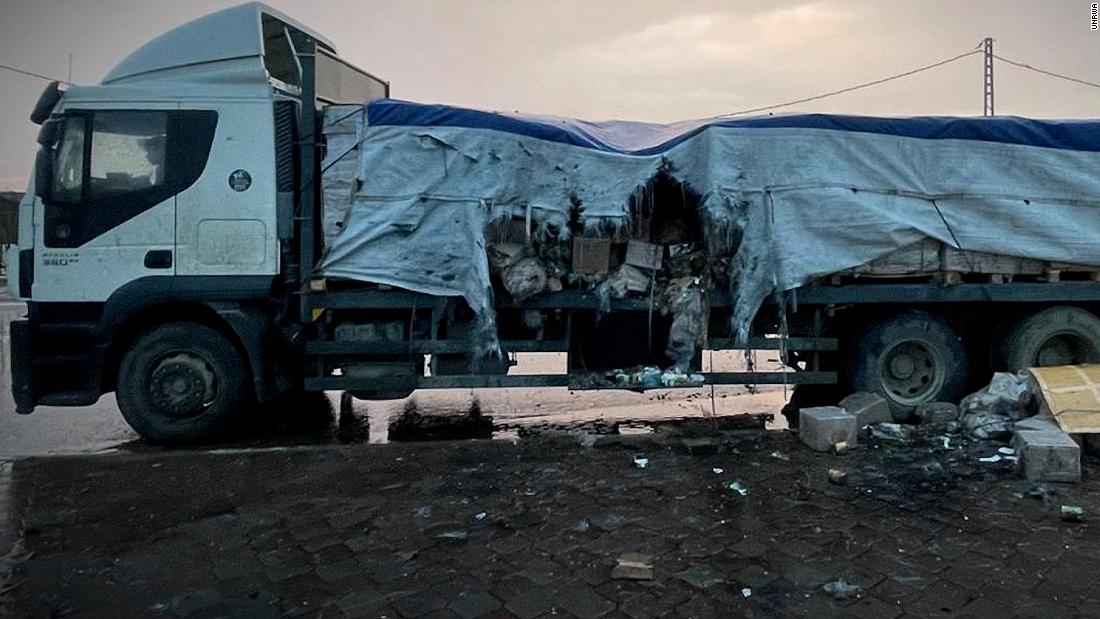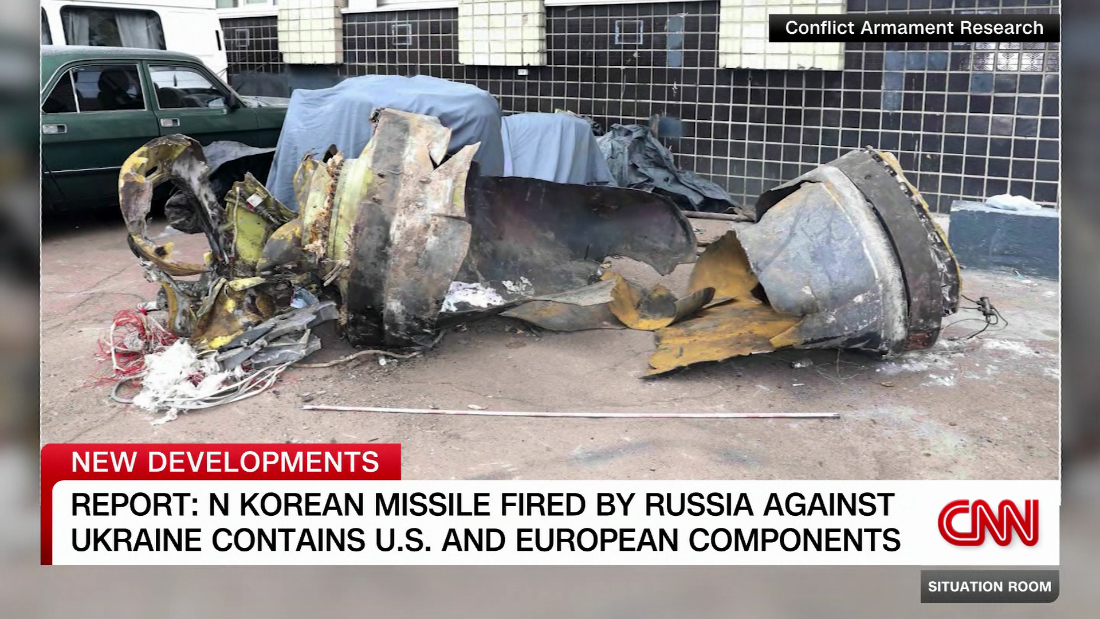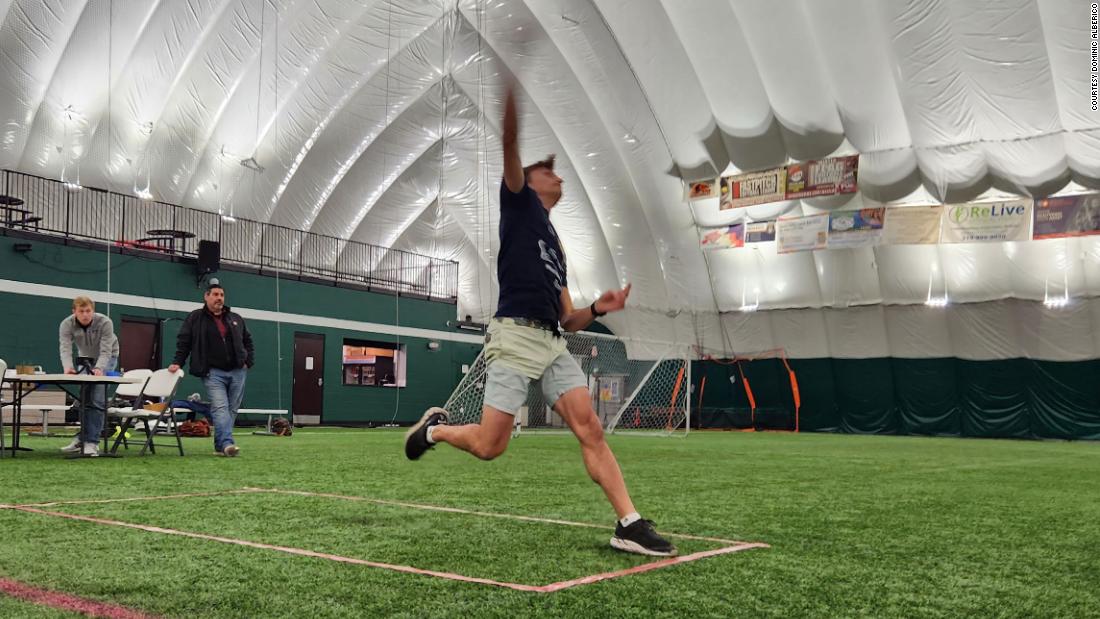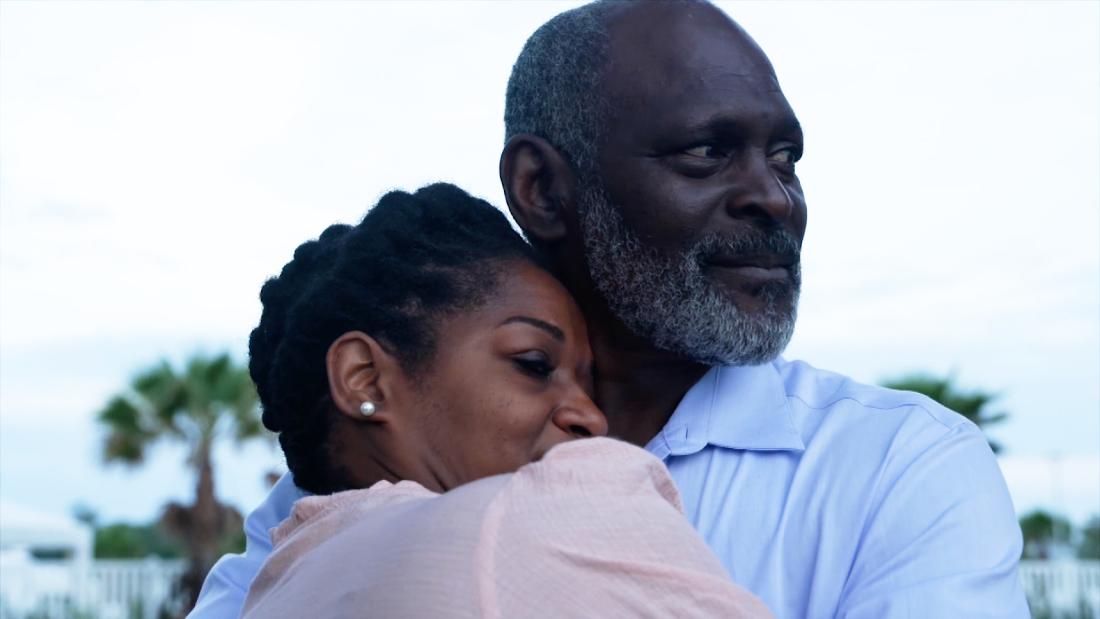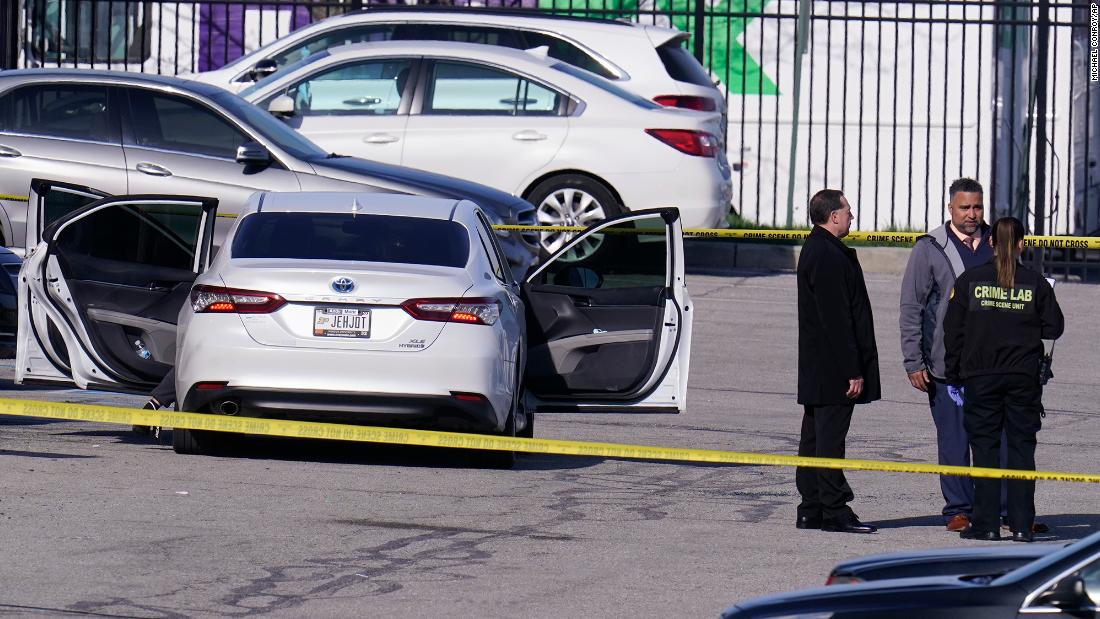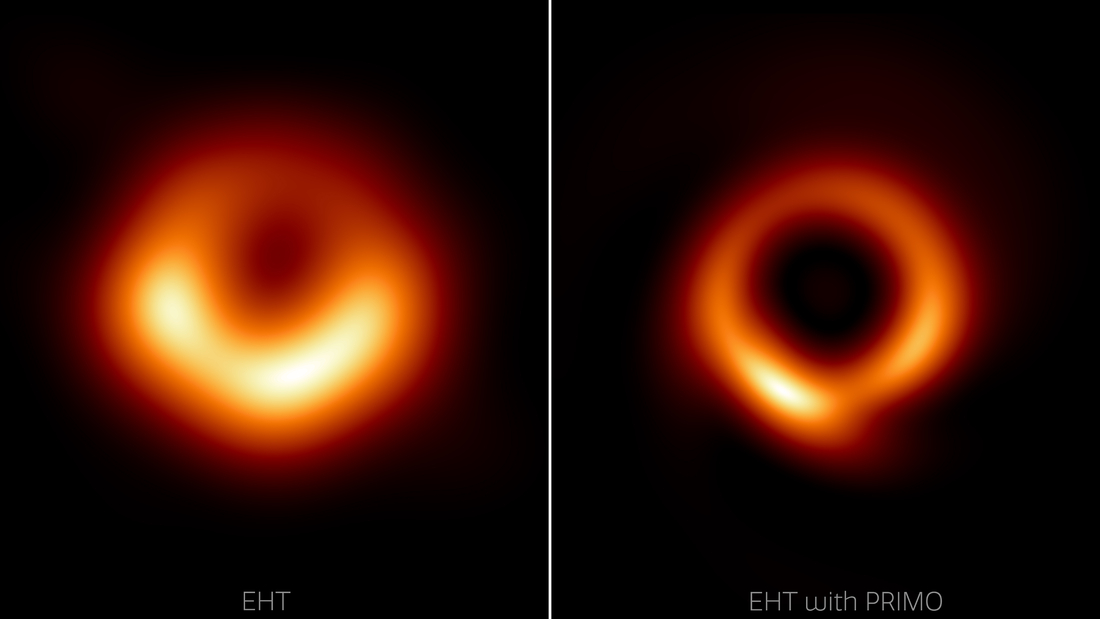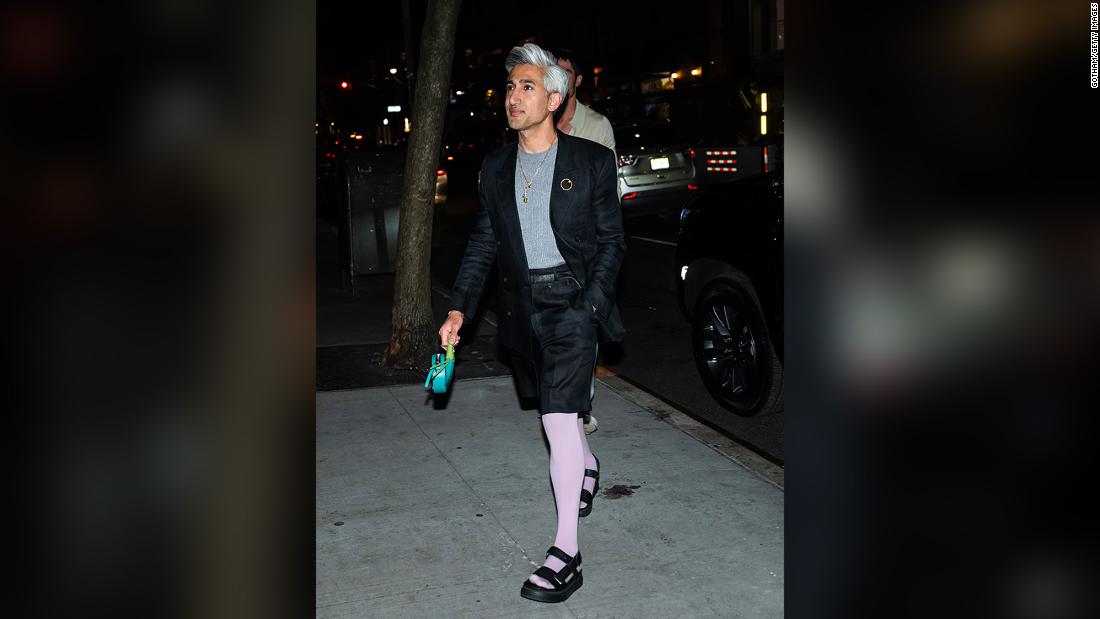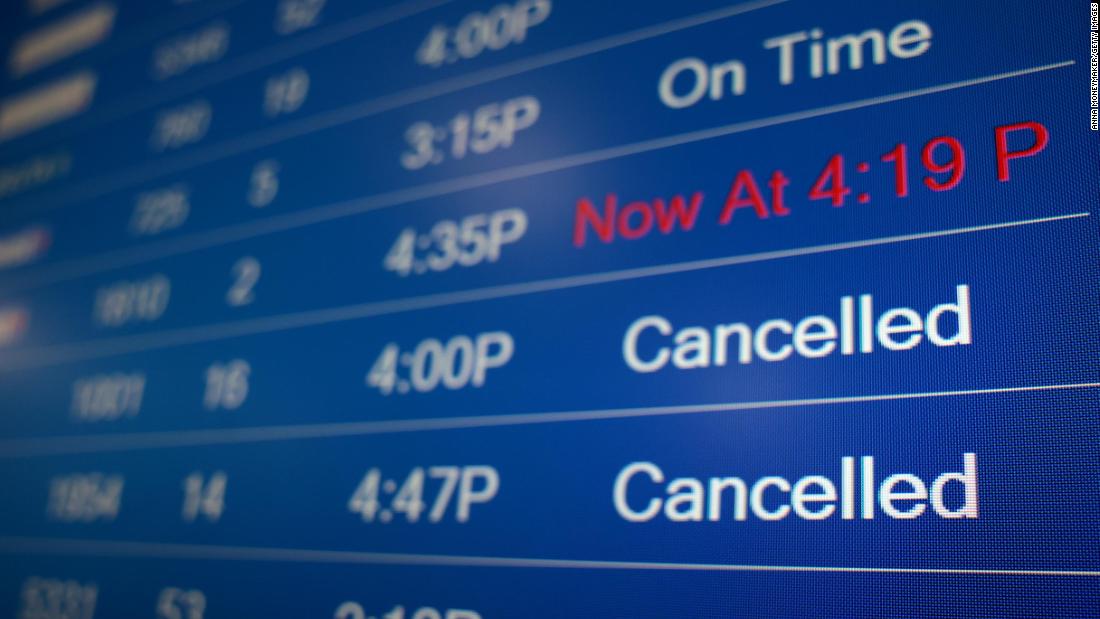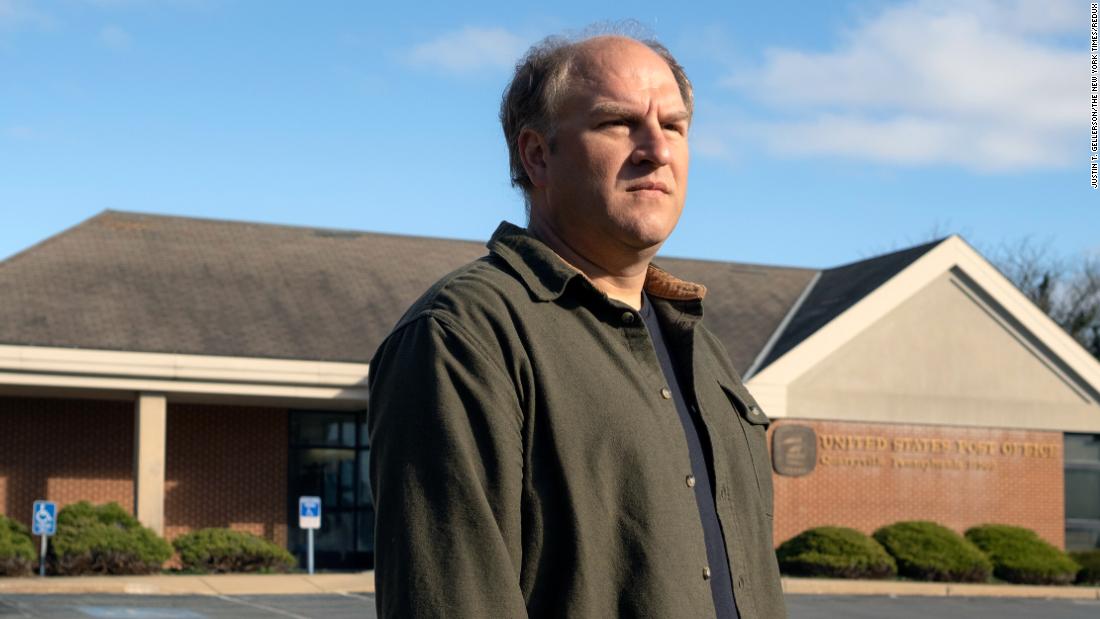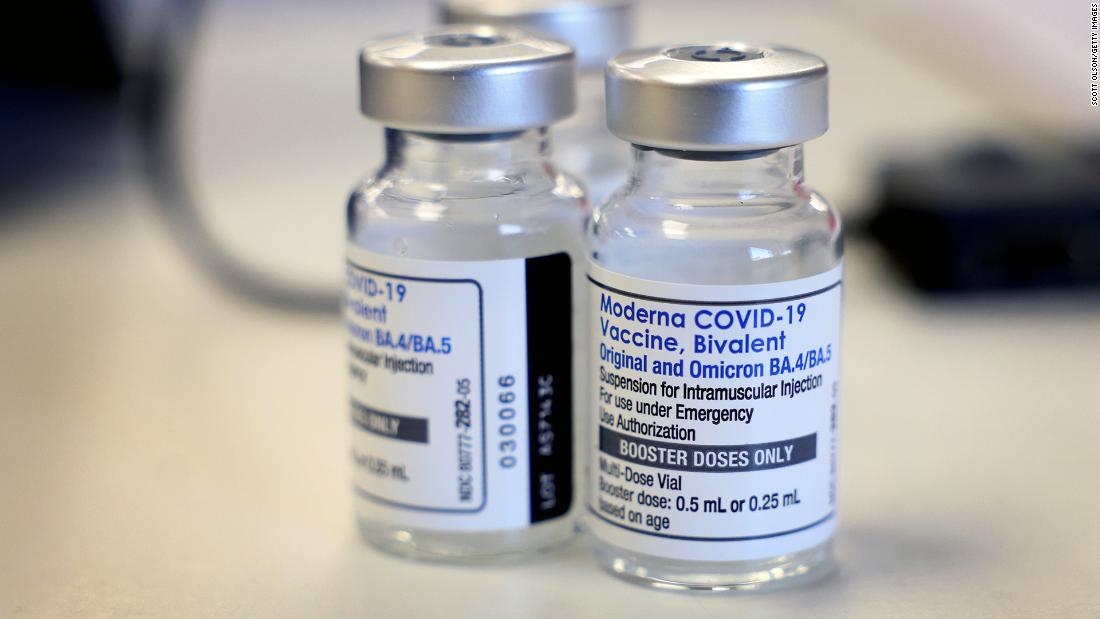CHILLING maps show the apocalyptic power of air launched nuclear weapons returning to Britain’s doomsday arsenal.
RAF Top Guns are set to fly with tactical nuclear weapons for the first time in 30 years.
PATrident 2 missiles can carry up to eight nuclear warheads[/caption]
F-35 bombers will be based in RAF Marham in Norfolk
It comes after the government ordered a dozen nuclear bombers that can carry American bombs.
The F-35A bombers – to be based RAF Marham in Norfolk – are certified to carry American B-61 free fall nukes.
The bombs are designed to give governments options in a spiralling state-on-state conflict.
They are less destructive than doomsday weapons carried in the UK’s nuclear deterrent submarines.
But even the smallest H-Bomb – known as the B-61 Mod 3 – can engulf a whole city block in a thermo-nuclear fireball.
It’s payload is the equivalent of 300 tons of TNT explosives.
If the bomb was dropped on a city, anyone inside an eight block radius would suffer horrific third degree burns as temperatures from the nuclear explosion can reach tens of millions of degrees celsius.
The radioactive fall out would wipe an area the size of 200 football pitches.
And if the bomb was primed to explode in the air – a split second before impact – the total blast area would cover an area of 800 football pitches.
Larger versions of the B-61with have more than 1000 times more explosive power.
But even they are dwarfed by the devastating power of warheads on Britain’s Trident 2 missiles.
Each Trident 2 missile can carry up to eight nuclear warheads.
And the destructive power of each warhead ranges from 90 to 475 kilotons – or the equivalent of 475,000 tons of TNT.
The blast radius of an single airburst warhead would flatten homes across an area the size of 12,000 football pitches.
The total blast radius would be even bigger.
But they warheads are designed to scatter as they plummet to earth from the edge of space – which means a single missile could render a capital totally uninhabitable.
A former defence chief told The Sun: “At the moment Britain has a gap in its arsenal.
“We have Tomahawk cruise missiles and Storm Shadows.
“Both of those can take out a hardened building or a bunker.
“But after that the only thing bigger is Trident.”
Vladimir Putin threatened to drop a tactical nuke in 2022 as a terrifying “show of force” in Ukraine.
His troops had been forced to retreat on three fronts – in Kyiv, Kharkiv and Kherson – and he was furious at western support for Ukraine.
It triggered a frantic diplomatic effort that saw China and India helping to to convince the tyrant to abort.
We have Tomahawk cruise missiles and Storm Shadows. Both of those can take out a hardened building or a bunker
Former defence chief
The UK scrapped its air-launched nukes in 1998.
Before that the WE-177 bomb – known by pilots as “the shape” – was carried on Tornado jets.
The new F-35As will be able to carry conventional and nuclear weapons, like the Tornados before them.
Pilots sent on a nuclear raids risk being annihilated the blasts caused by their own weapons.
An RAF source: “These are gravity bombs, so it is not like a Storm Shadow that you can fire 200km from a target.
“It will depend on the size of the blast.”
Before the Tornado’s Britain’s air launched nukes were carried on “V Bombers” including the Avro Vulcan, which served until 1984.
Modern nuclear jets are designed to withstand the deadly electro-magnetic pulse caused by nuclear explosions, which can fry electronics and causing aircraft to crash.
Weapons were less precise in the 80s. So the best way to destroy a bridge would have been with a tactical nuke
A Top Gun who trained to drop WE-177s
During the Cold War the UK’s tactical nukes were designed take out Russian infrastructure, including bridges.
A Top Gun who trained to drop WE-177s said: “This was before smart bombs, and guided bombs.
“Weapons were less precise in the 80s. So the best way to destroy a bridge would have been with a tactical nuke.”
Britain still makes its own nuclear warheads for the Trident 2 missiles on submarines, at the Atomic Weapons Establishment at Aldermaston.
But it is not expected to manufacture sovereign nukes for the fleet of F-35As.
The RAF said the F-35As will be “available to fly Nato’s nuclear mission in a crisis”.
They said it would, “boost Britain’s contribution to “nuclear burden-sharing and deter those who would do the UK and our allies harm.”
The RAF added: “It reintroduces a nuclear role for the RAF for the first time since the UK retired its sovereign air-launched nuclear weapons following the end of the Cold War.”
The US already has deals with a number of Nato nations to host and fly its nuclear bombs.
The US Air Force has recently upgraded its nuclear storage bunkers at RAF Lakenheath in Norfolk, where its own F-35As are based.
Published: [#item_custom_pubDate]












